It was a midsummer day when I first “landed” in Almaty: Arriving by a minibus from Bishkek to its mighty modernist main bus terminal. Stepping out of the terminal premises this is what I saw:
Would I say that this surprising contrast between a heavy ‘Soviet’ building and a tranquil body of water with a mountainous background and happy kids is what symbolizes Almaty? No. Every further step I made in this city was surprising, a trip into best practices of urbanism, where you least expect it.
City and Mountains
Located on a gentle slope at an elevation of about 700–900 meters at the foot of the Ile Alatau mountain range, Almaty enjoys a superb natural advantage. Part of the majestic Tian Shan mountain system, the mountains provide with Almaty life and joy. It is a main source of drinking water to the city, and feeds its numerous water features: bathing reservoirs, water canals and fountains, highly essential for refreshing the city – physically and mentally – during the hot summer days.
These high mountains are so accessible, that with a short bus + cable car ride, you can go from the city center up to a point 3200 meters high above sea level, within about an hour!
Up there your are rewarded with beautiful blossom, even Edelweiss, which are quite tricky to spot in Western European Alps…
Choose another direction and enjoy beautiful challenging hikes and treks up into the mountains, with sights such as this magnificent lake below Titov peak.
In the middle you can enjoy the Medeu huge Ice skating rink in the winter, or roller skating in summer
Streets
But Almaty’s real charm is on its streets.
A simple orthogonal grid of streets developed from the 19th century (common in central Asian cities and towns affected by Russian planning), makes the city clear and well connected. The grid is also generally aligned with the mountain range which is located south of the city. Thus, you either walk uphill towards the mountains or downhill away from them, or parallel to the mountains along relatively leveled streets. Interesting to note, that many street maps and printed maps of Almaty are oriented with north on the bottom and south on the top – making it more intuitive: upper parts of the map are actually the higher parts of the city in elevation…
Another important urban feature which is well demonstrated in Almaty is hierarchy of streets. Almaty has a good distinction between main streets, smaller streets and courtyards.
Sidewalks on main streets are extremely wide and welcoming, and together with efficient bus and trolleybus services, it is quite easy to move around.
A single underground metro line is available, less convenient compared to the above ground services.
The city is ideal for bicycle riding. Slopes are not so steep, buses are bicycle friendly, and bicycle rental services are already available. Allocating dedicated bicycle lanes will definitely make this means of transportation much more appealing.
One of the most striking features of the city is the abundance of trees. We all talk about the importance of trees in our living environments, but in Almaty their presence is highly significant due to two main reasons – first, they provide shade and reduce street level temperatures in hot summer days. Second, they sometimes camouflage less aesthetic apartment blocks
But if you hear “apartment blocks” and immediately imagine massive concrete communist blocks, that’s not the case in Almaty.
Although Almaty grew rapidly during and post World War II in the Soviet era, and hundreds of thousands of square meters of public housing were constructed, the outcome in Almaty seems quite pleasant. There was an effort to create various architectural models to make the cityscape more interesting.
In addition, prefab ornaments, resembling traditional Kazakh designs, where added to buildings facades, adding a local architectural language to the buildings.
Traditional symbolic shapes appear in public street elements such as fences
Here, strict geometry of apartment building facades is blended with the rich vegetation to create an organic look and feel. Trees, together with apartment blocks rising not more than 3-4 floors, create a strong feeling of human scale in Almaty’s streets.
Modernism
Almaty is rich with best examples of modernist and brutalist architecture styles, developed during the Soviet era. The city was developed dramatically when industrial activities were moved from European Soviet Union into Almaty area, bringing with them construction of monumental modernist residential as well as public buildings:
The circus
This façade of the Arman Cinema, with a public art installation by Viktor Konstantinov is now confronted by spirits from the west (quite rare in Almaty, BTW).
Lotte Confectionery
They are coming from there!
Luckily, moving the capital from Almaty to Astana (currently “Nur Sultan”) in 1997, saved these buildings which we now learn to appreciate. While the new capital became a playground for pompous architecture mostly unrelated to place and culture, Almaty, still a main economic and cultural hub, and the largest city of Kazakhstan, retains its appealing feel.
Mixed uses
Although many modernist urban areas developed from scratch suffer from extreme zoning, that’s not the case in Almaty. Like in many other urban areas developed by communist paradigms, residential areas are dotted with numerous small local grocery stores, businesses and services. These “mom and pop” shops are abundant in Almaty. They make the streets lively, make life in the neighborhoods convenient, and is an essential element of a healthy and thriving urban realm.
In recent years, together with the growing of an expats community, a coffee culture started to develop across the city, with cool coffee places popping up on corners of apartment blocks
Some operated by motivated expats, creating a vivid cultural melting pot, for the city that has been a home for Kazakhs, as well as Russians and Ukrainians.
Food is also a heaven in Almaty, whether you like meat,Cheese,
or vegetarian ingredients, available at the charming green market
One of the reasons for the thriving street commerce is the quite non existing malls scene. At least for now, it is rather a supplement to street commerce, and hopefully stays like that.
People
With such promising physical features, no wonder people of Almaty are so charming. Wherever you go, smiles and interesting interactions are part of the experience.
Whether it is the young generation still making use of communal yards and playgrounds
Or using technology in a shared manner
Experiencing nature
Being invited to visit intriguing houses and having a deep conversation about life
Meeting a gentle smile behind a tough skin
And smiles from those having fun near the lake
The same lake that enchanted me when I first arrived at Almaty, yet looked totally different when I came back during autumn:
Yes, that’s another feature of Almaty – it varies dramatically between seasons.
Conclusion
Almaty invites everybody. Anyone can feel at home just by exploring its streets. A good city does not need guides. A good city takes you by itself to a journey and shows you the way.
The city itself is a journey, and should behave like that, and in a journey the way is more important than the destination. A city is what happens between landmarks and destinations: between home and work if you are a resident, between the hostel and the national history museum if you are a visitor.
Almaty proves that a city without significant landmarks can still be highly pleasant and welcoming: the streets layout, trees and vegetation, shade, water features, mountains realm, pleasant people, street commerce and markets, no boring chain shops, variety of local small businesses,great food, meeting places, good public transportation, inviting pedestrian realm, and a buildings layer telling the story of an era.
The essence of a city’s DNA is not specific physical landmarks, but rather a broad collection of various characteristics, forming a unique local urban language. Eventually it is a critical mass of small elements that dot the urban realm, catch attention and make the city attractive. Landmarks may just support them.
Recommended reading:
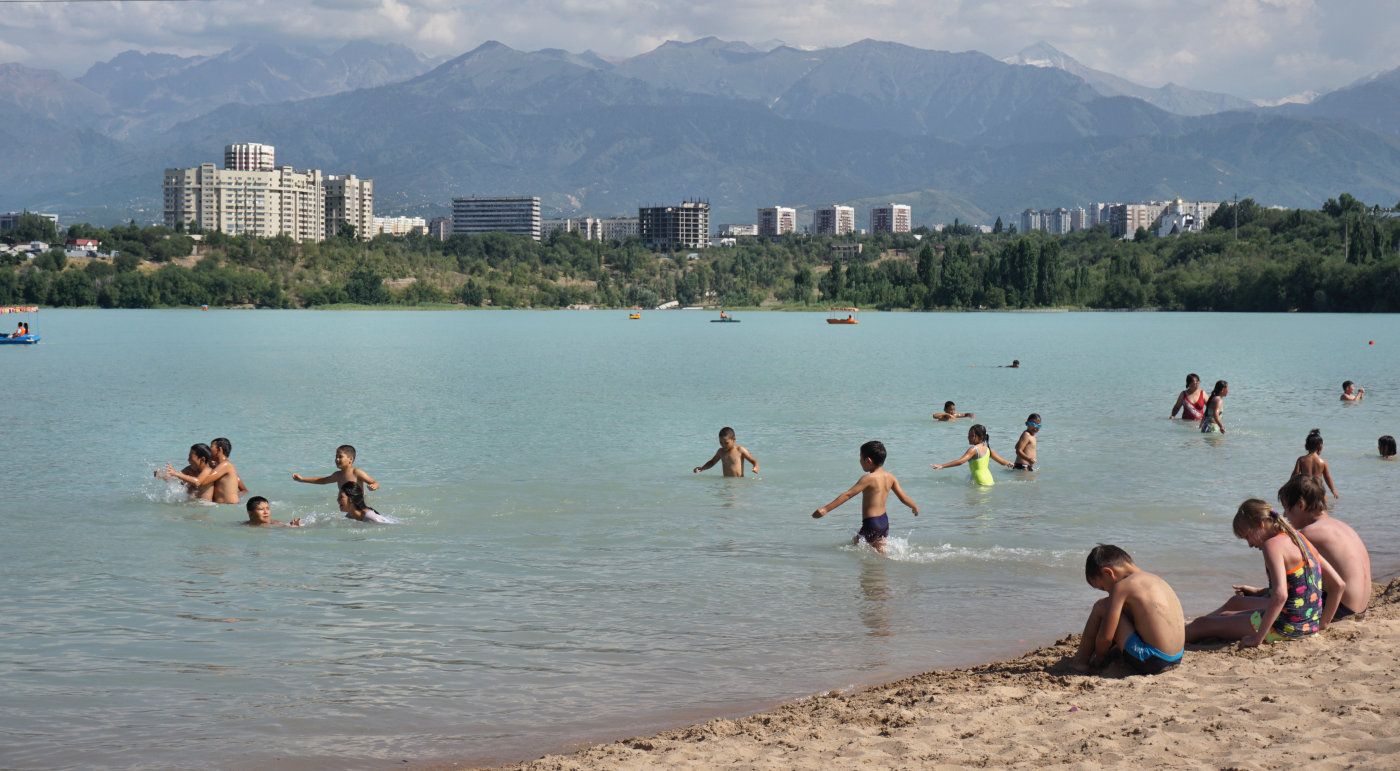
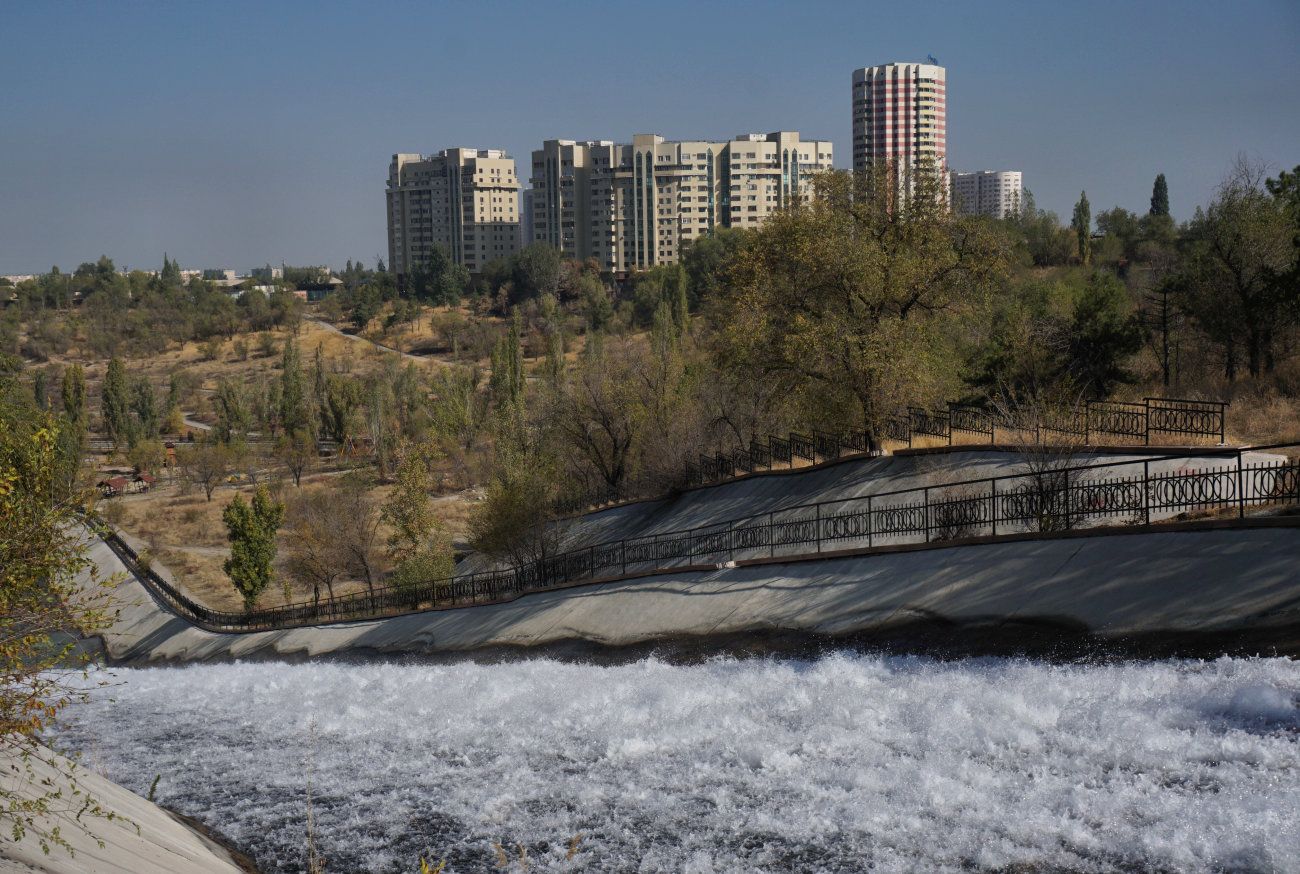
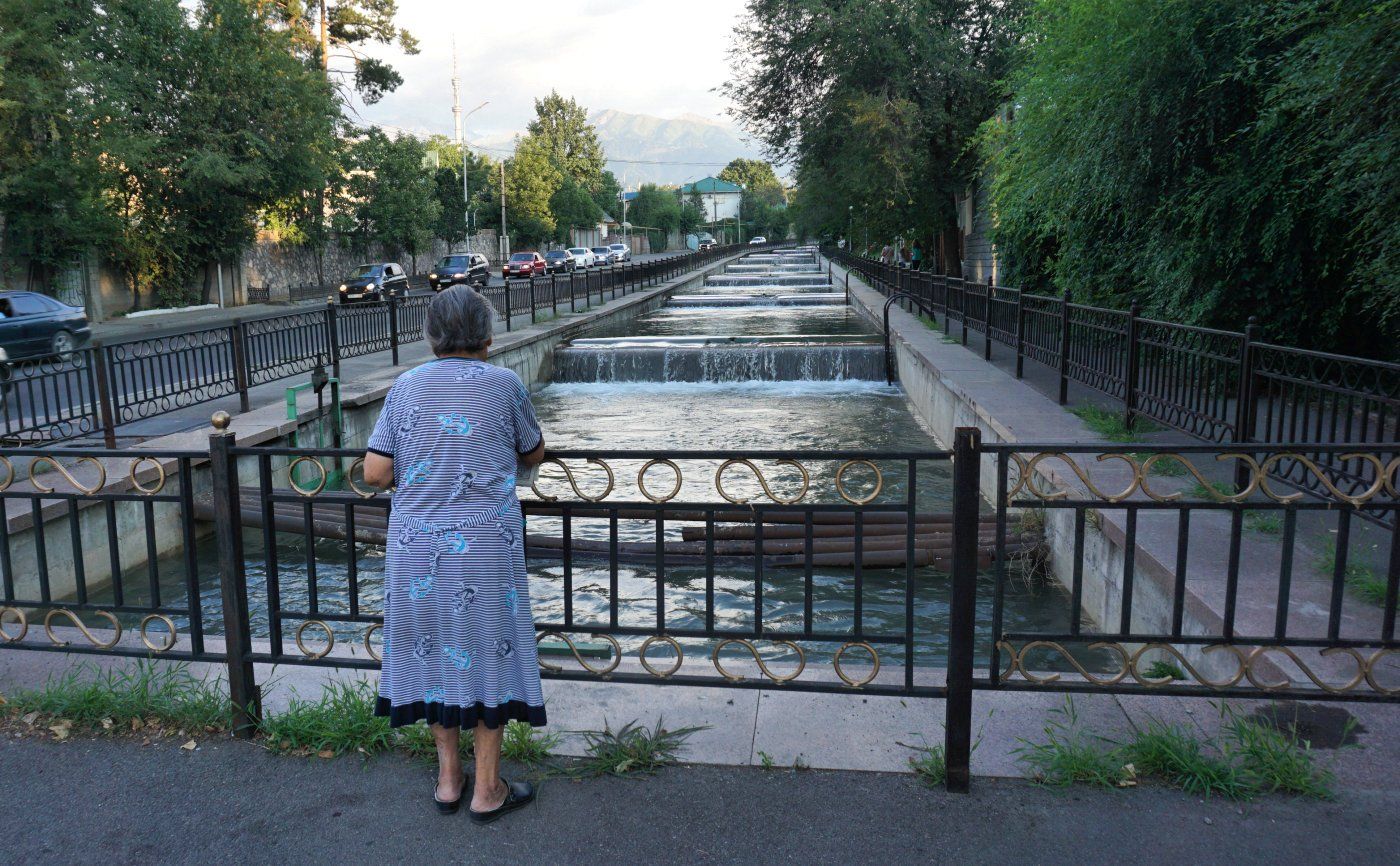
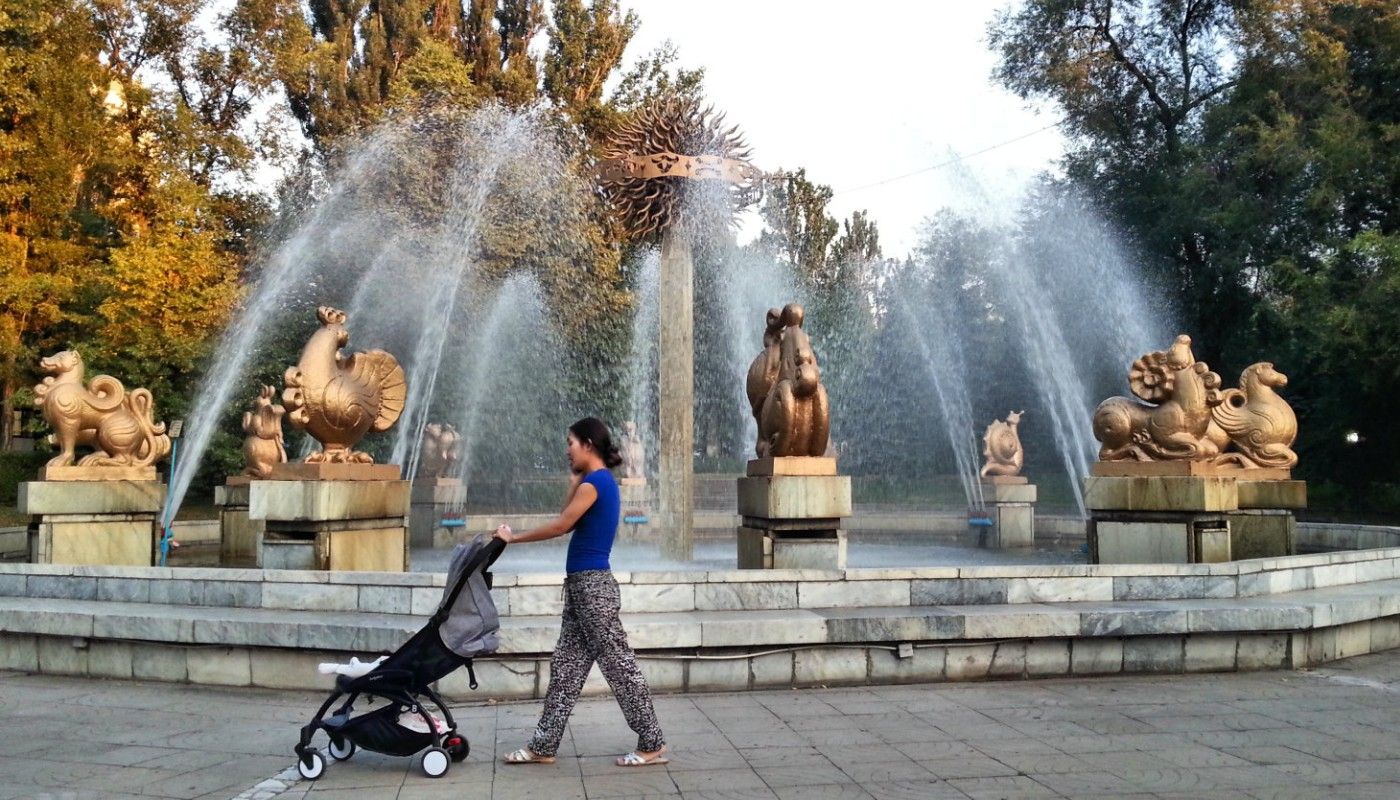


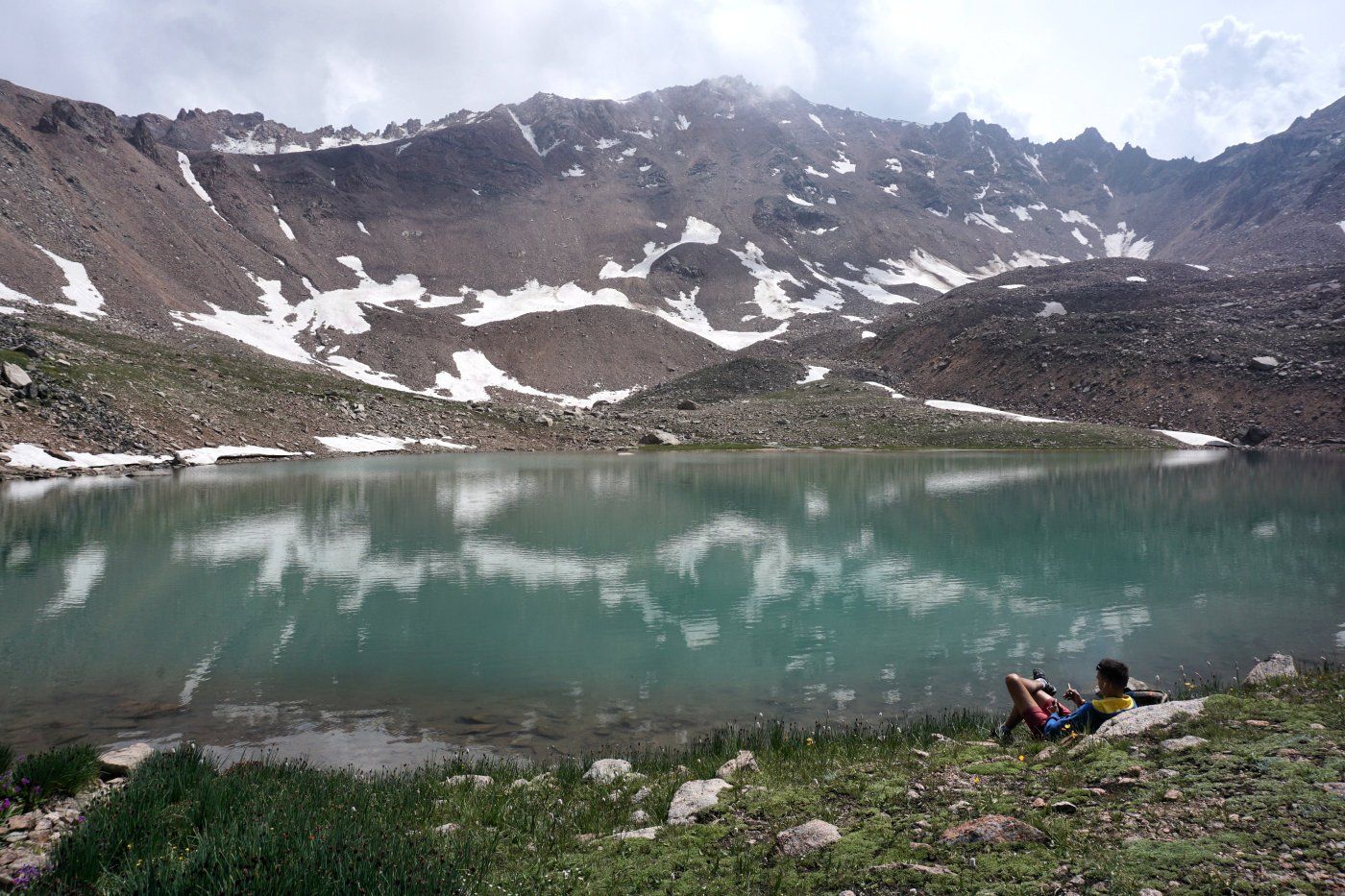
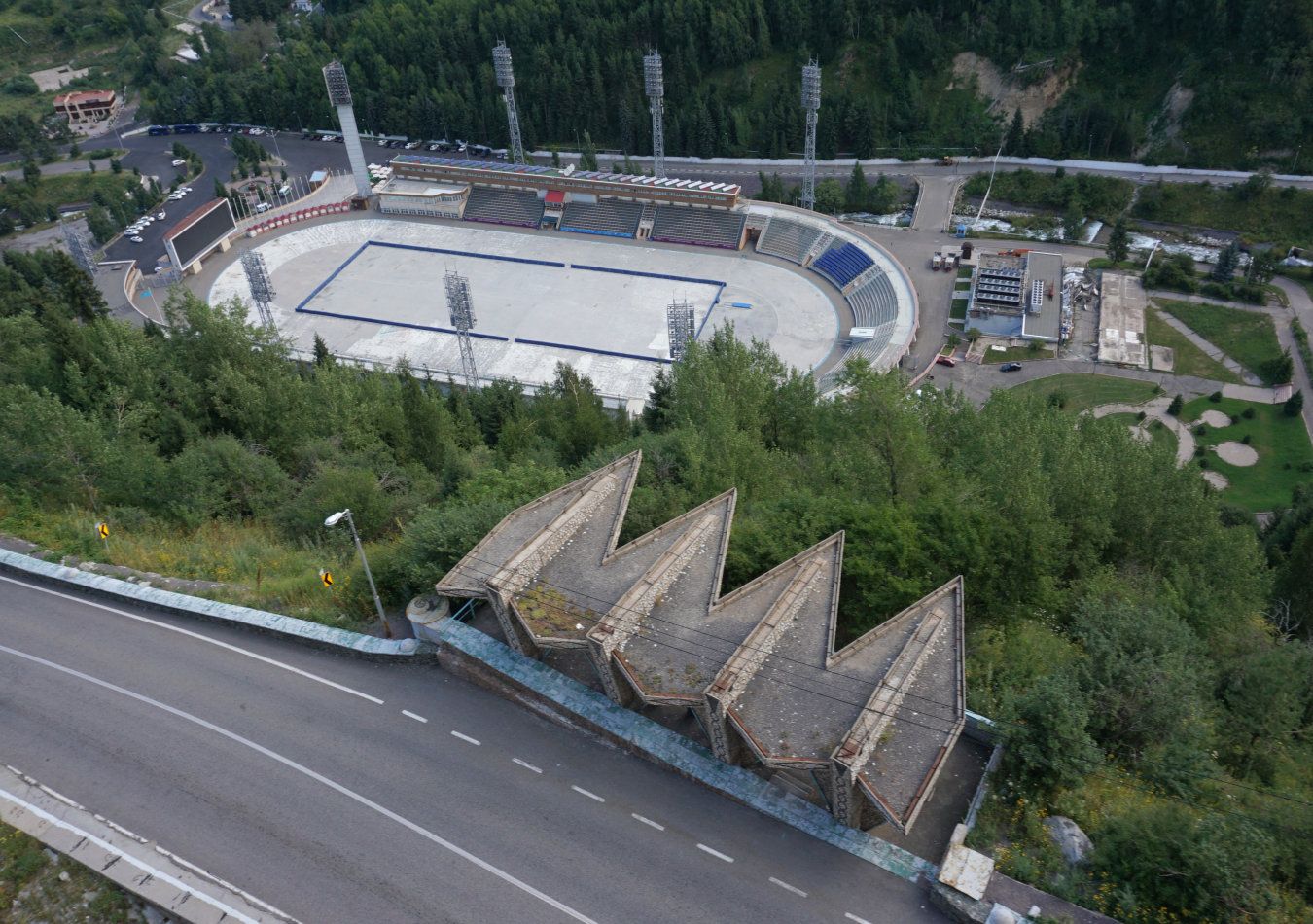
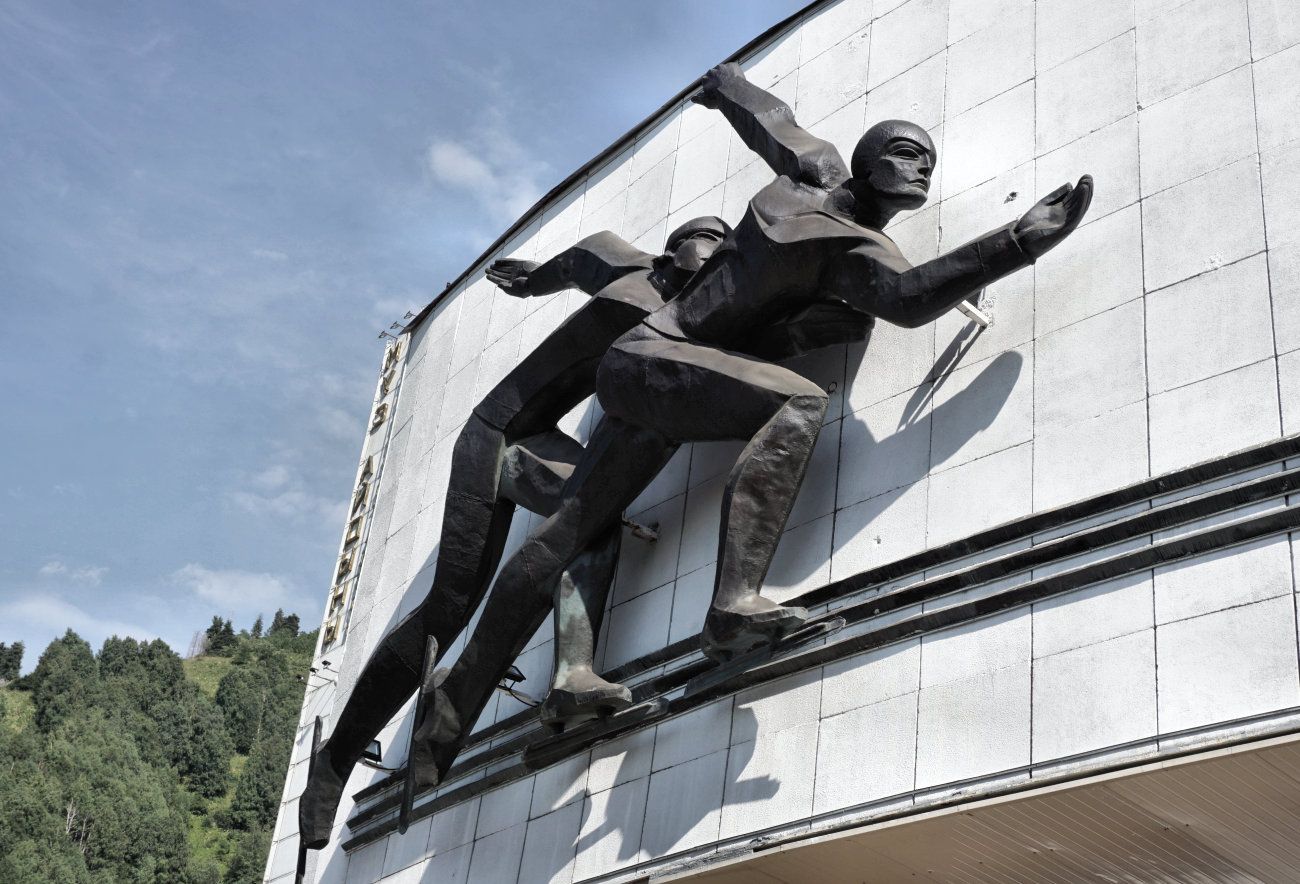
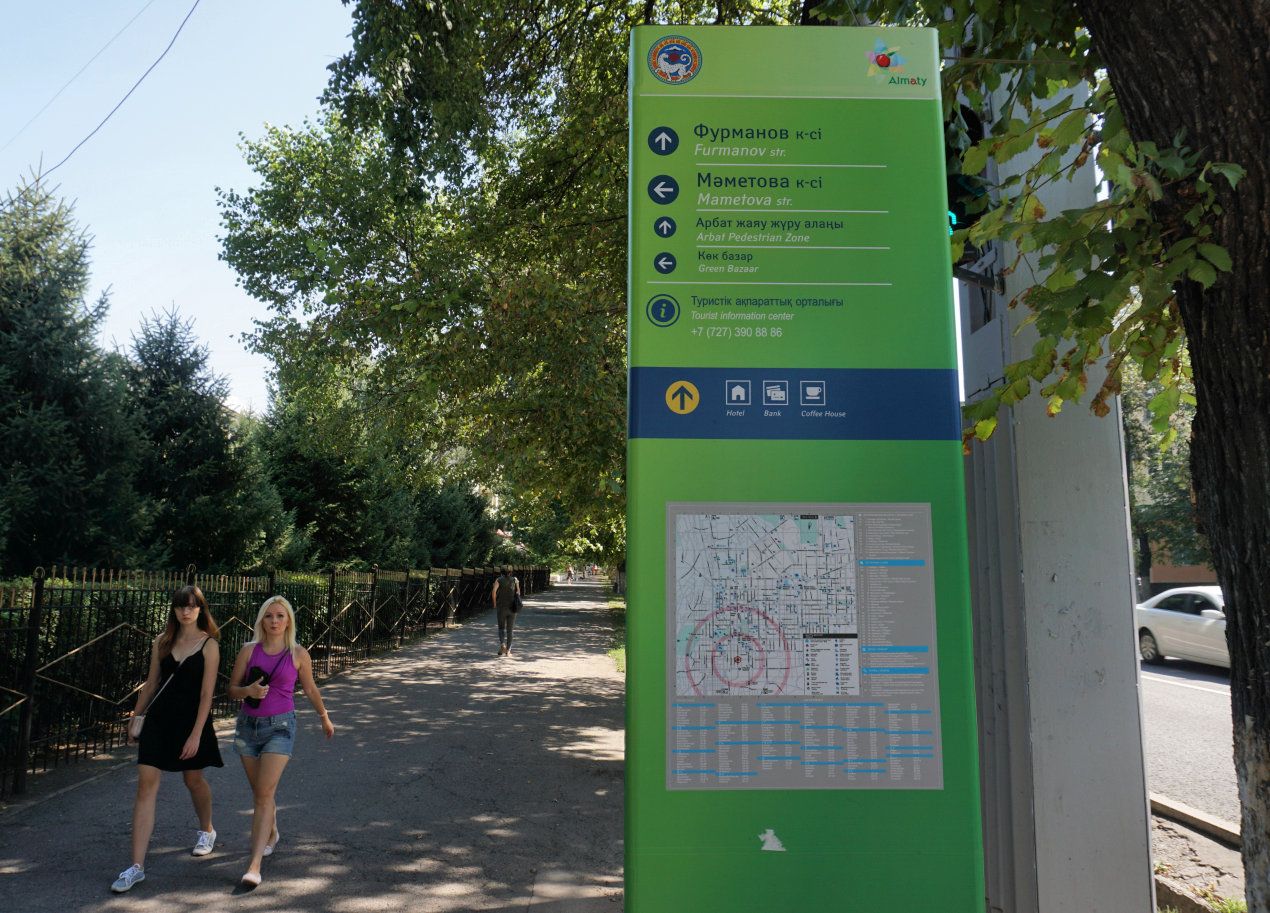
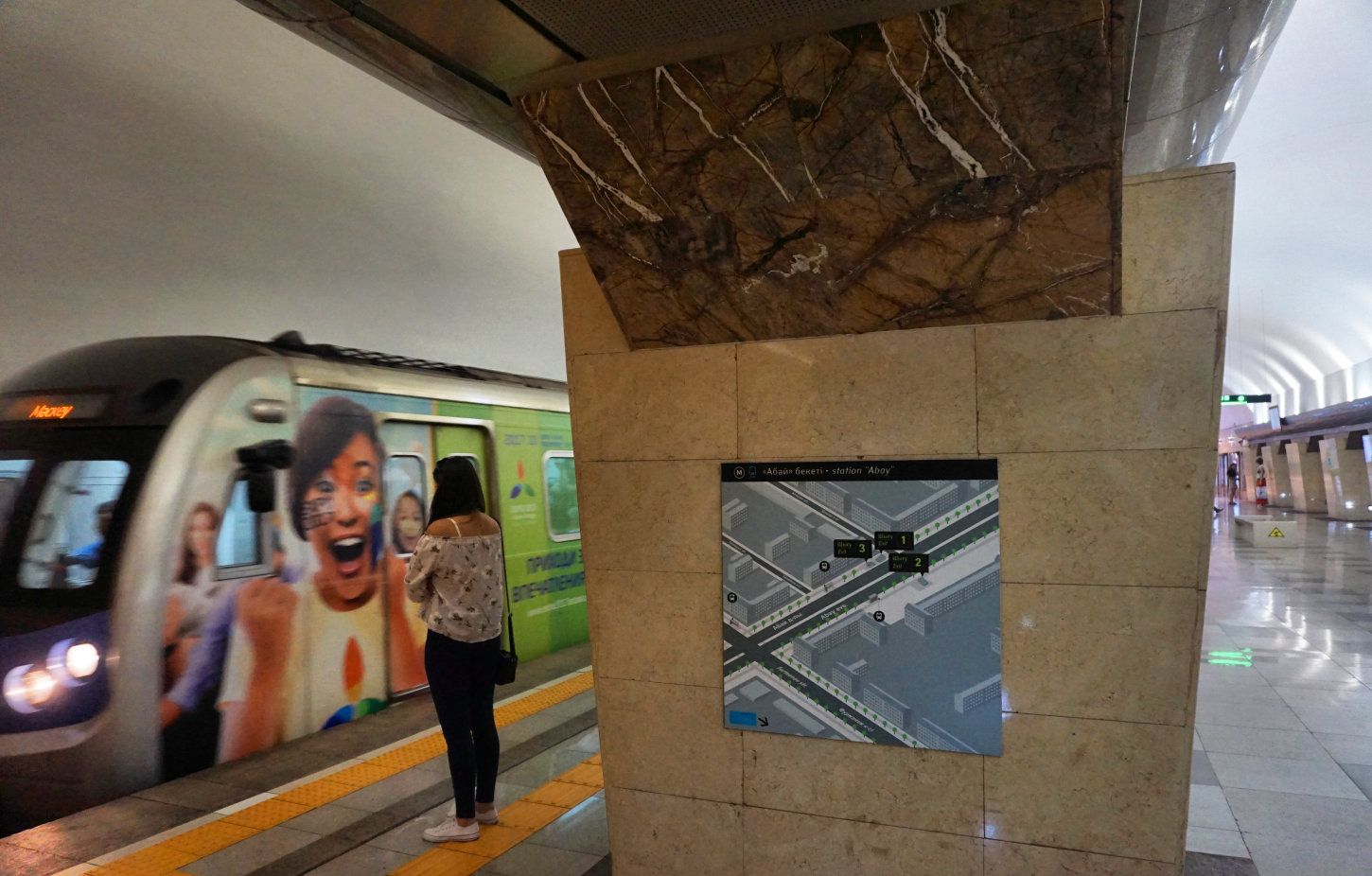
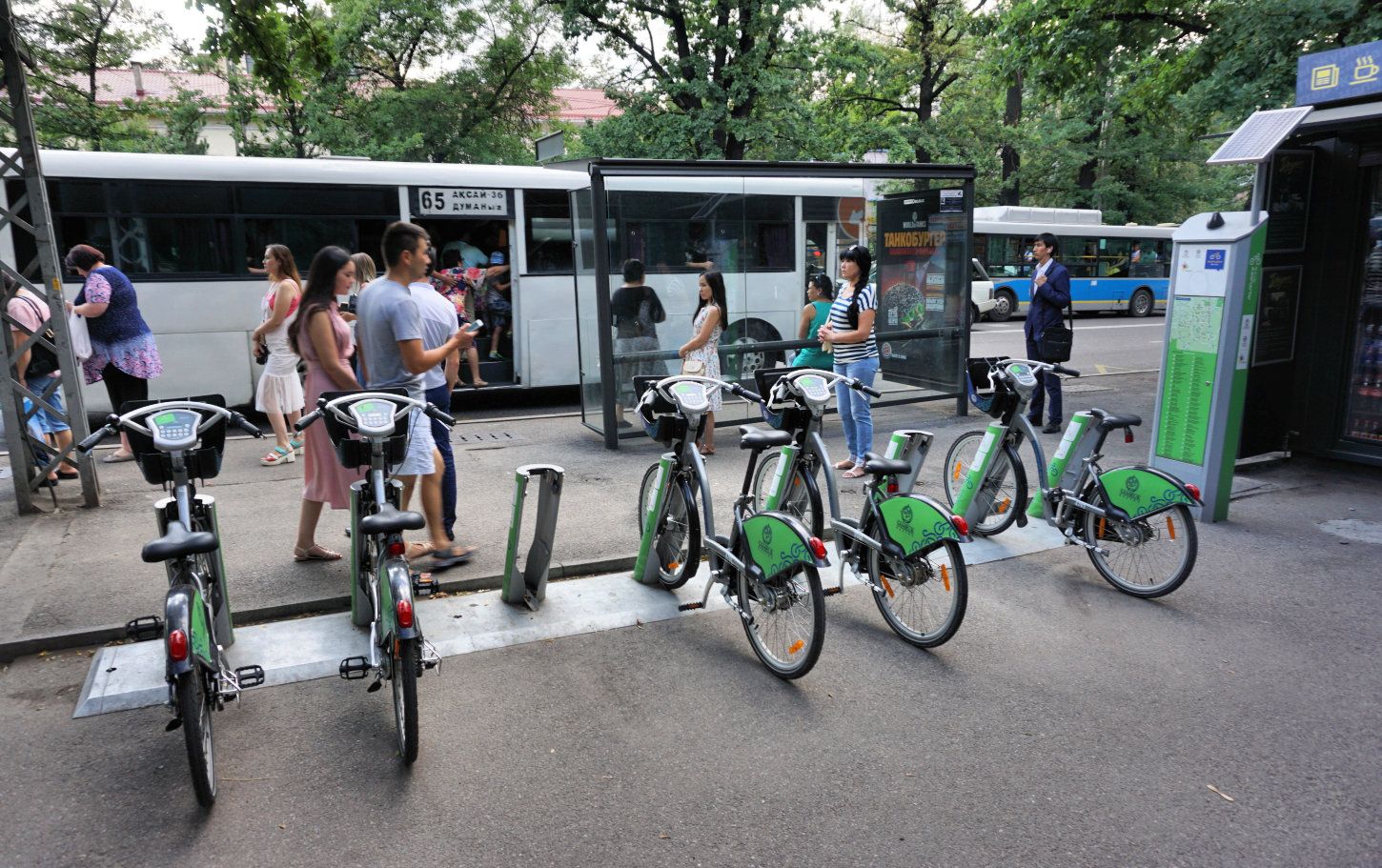
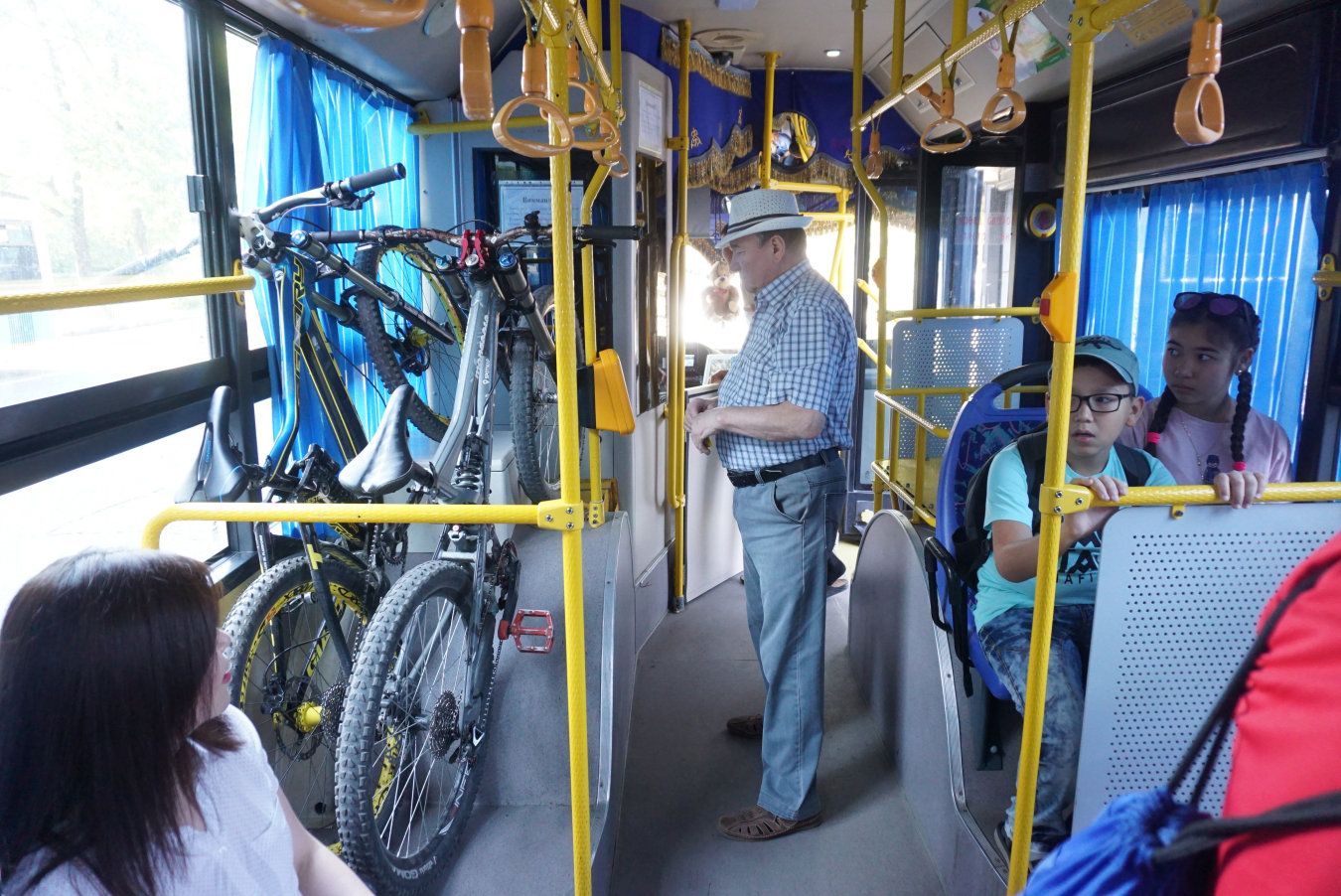
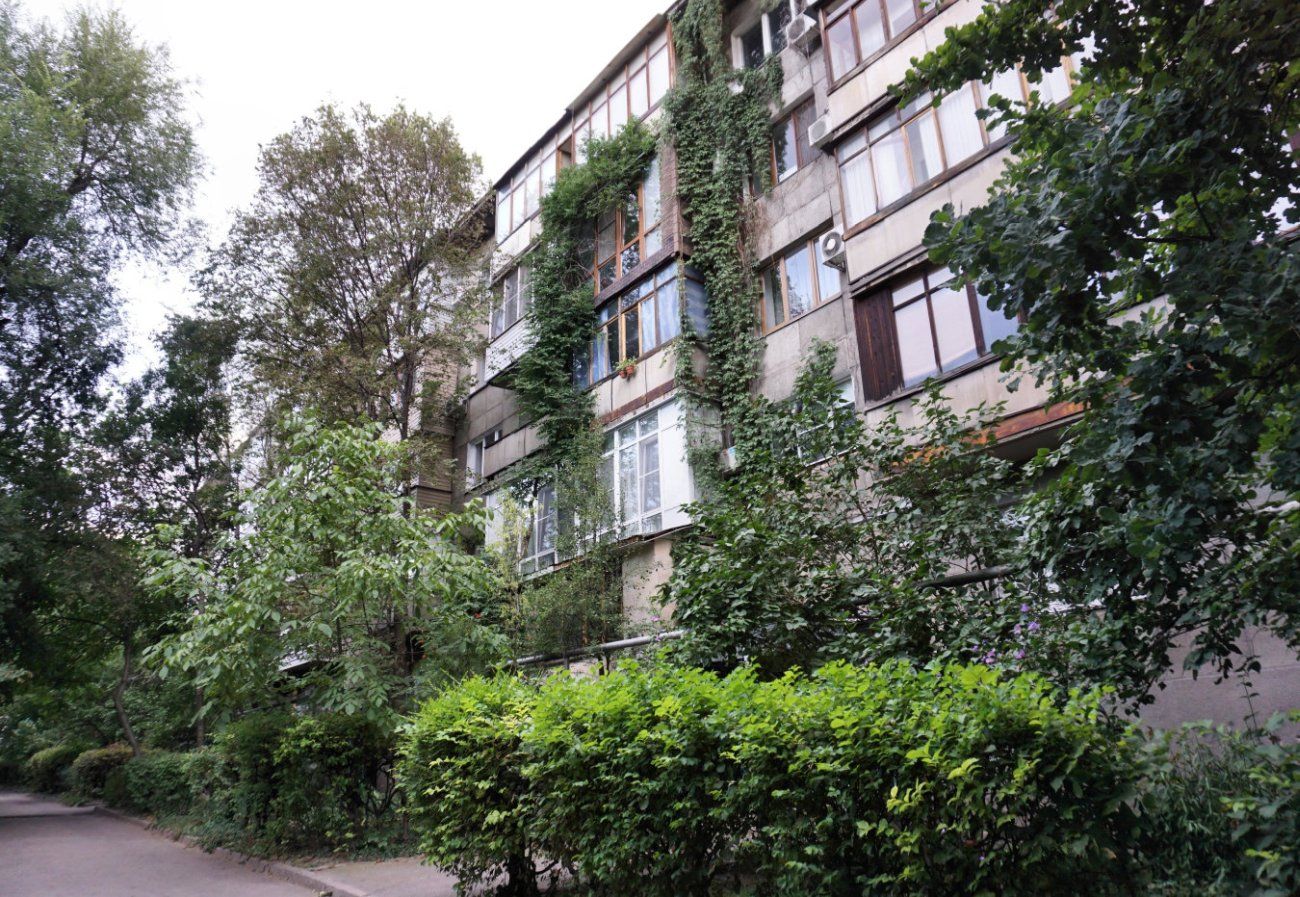

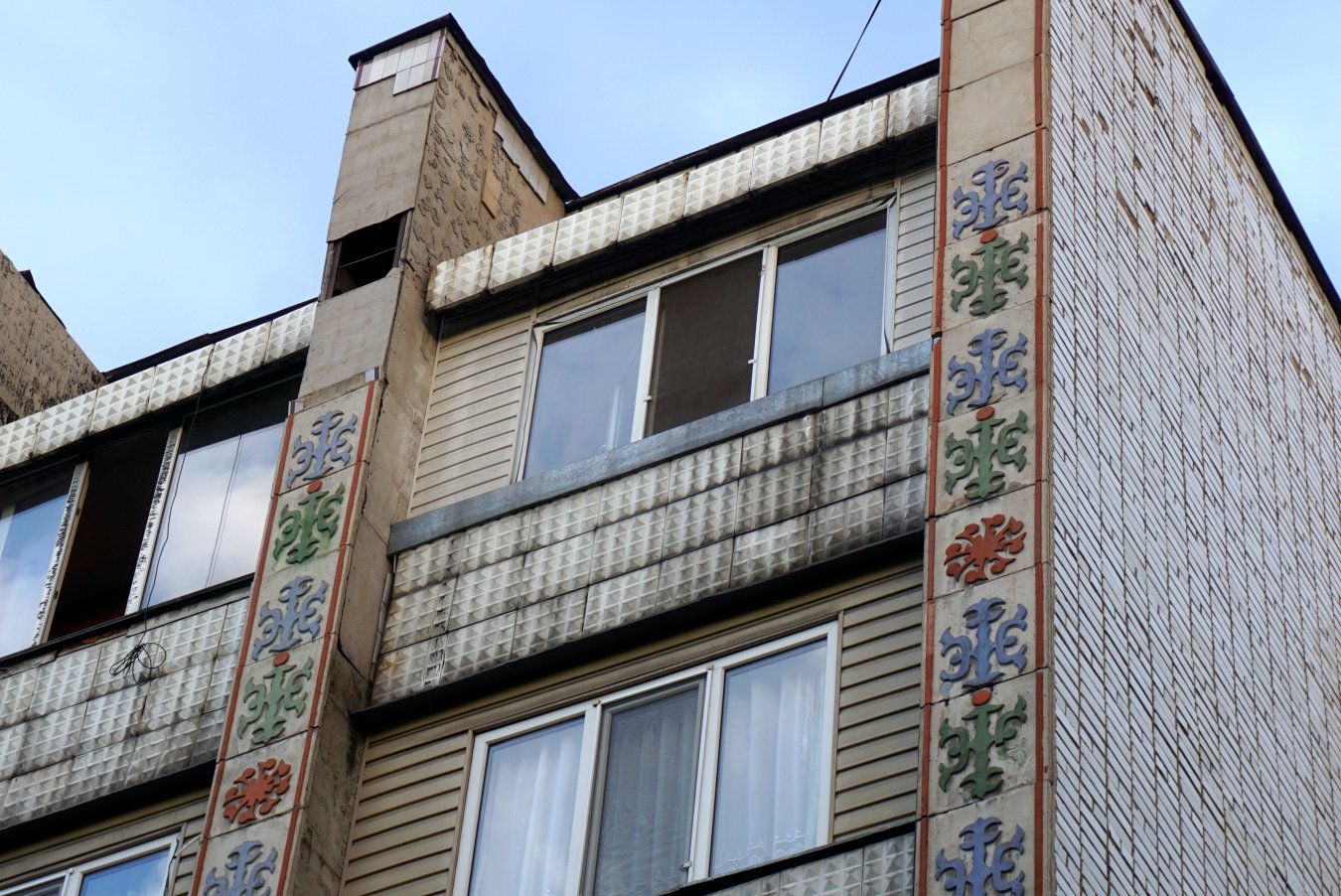
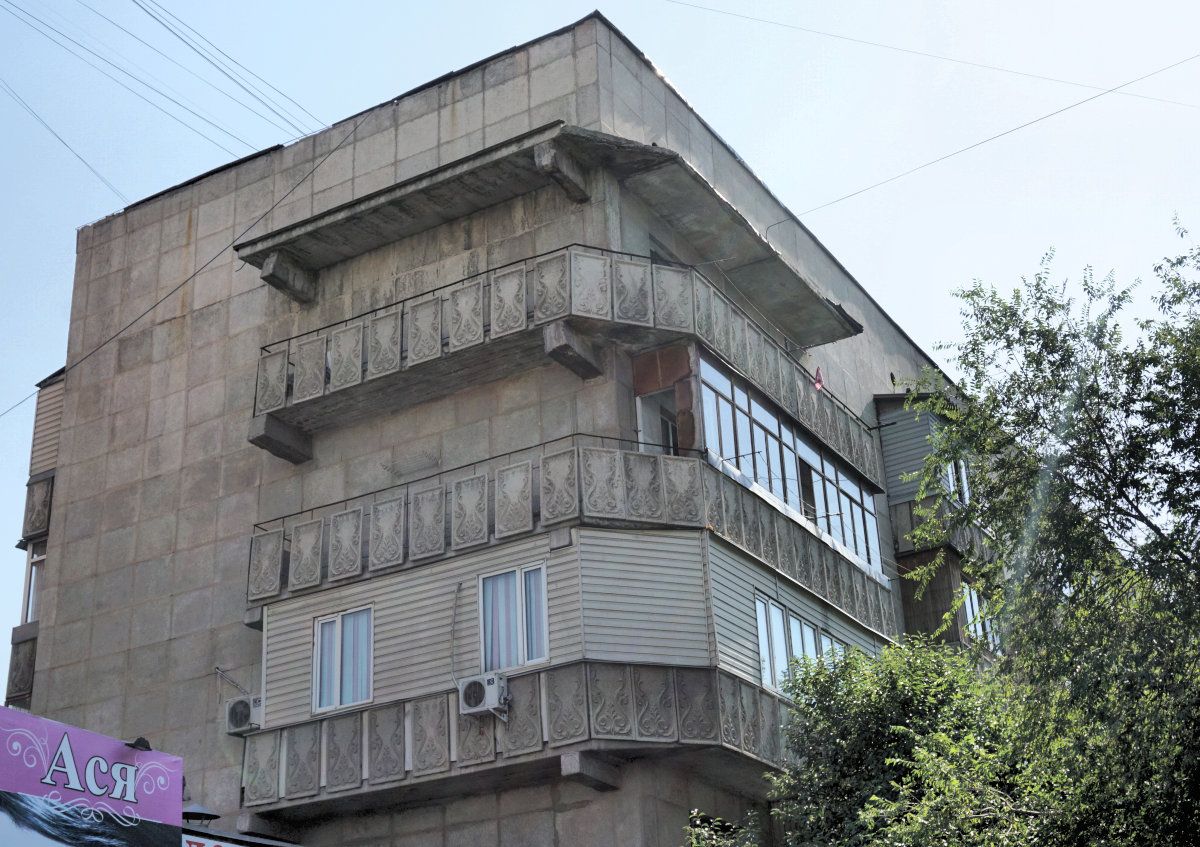
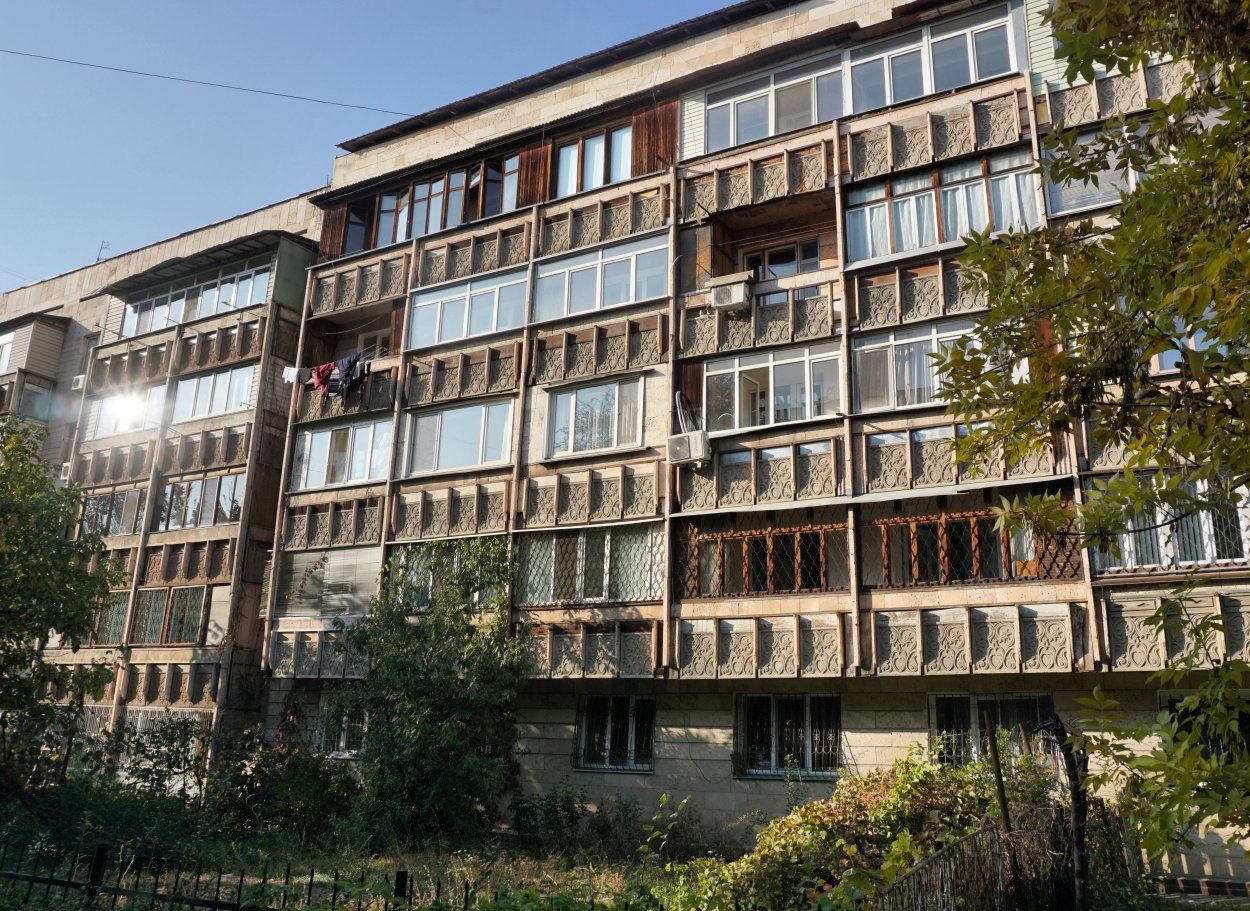
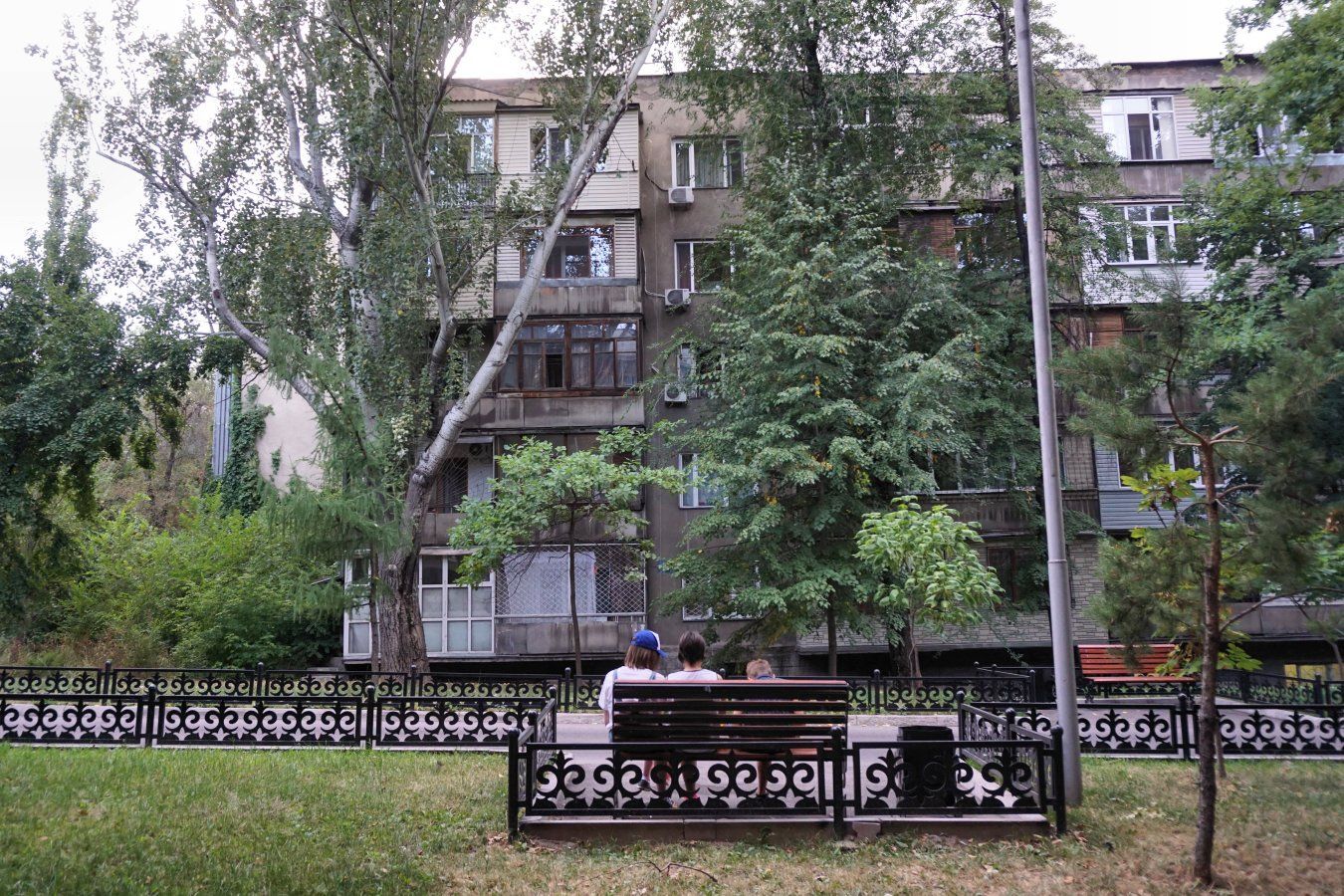
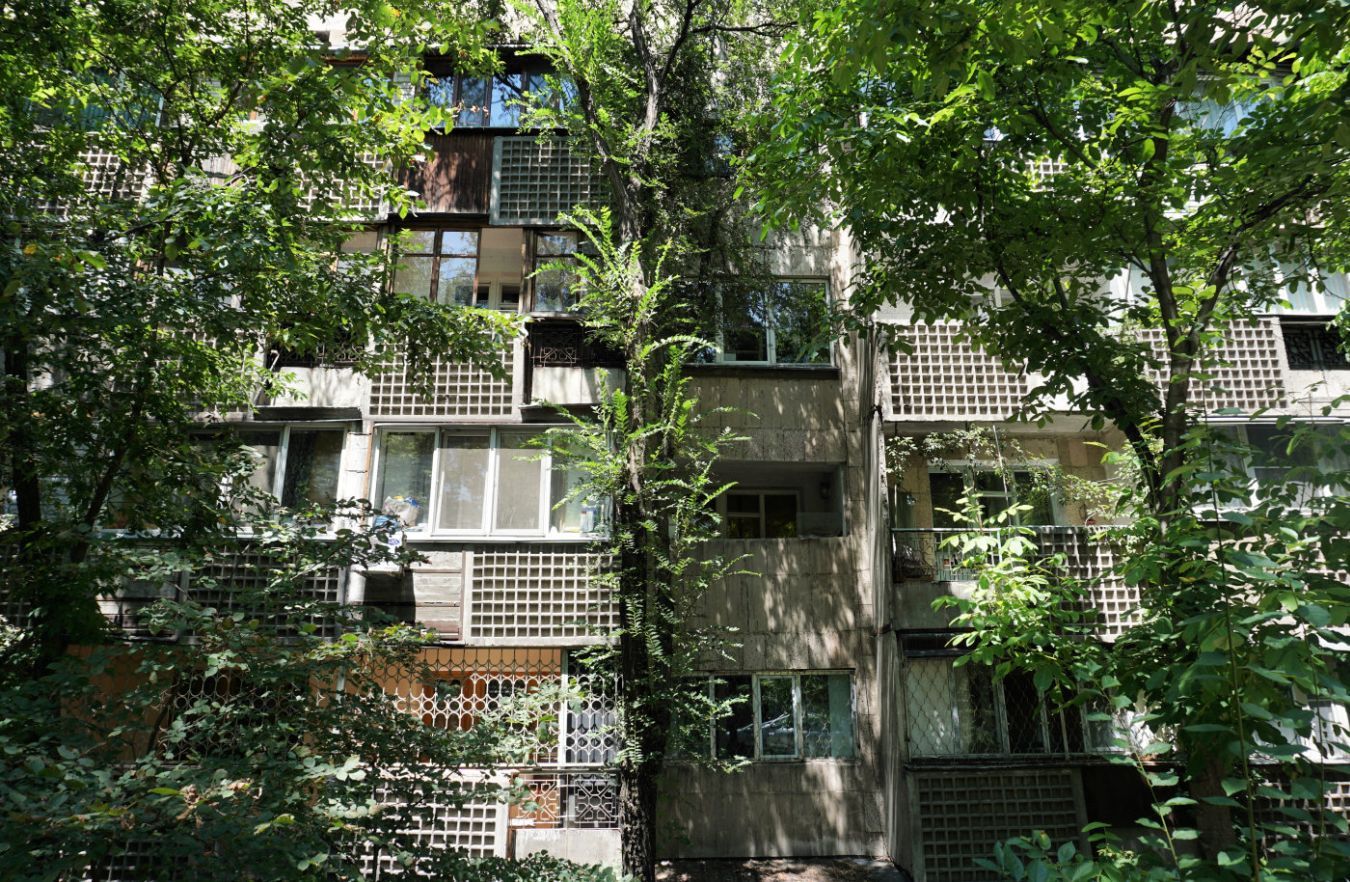
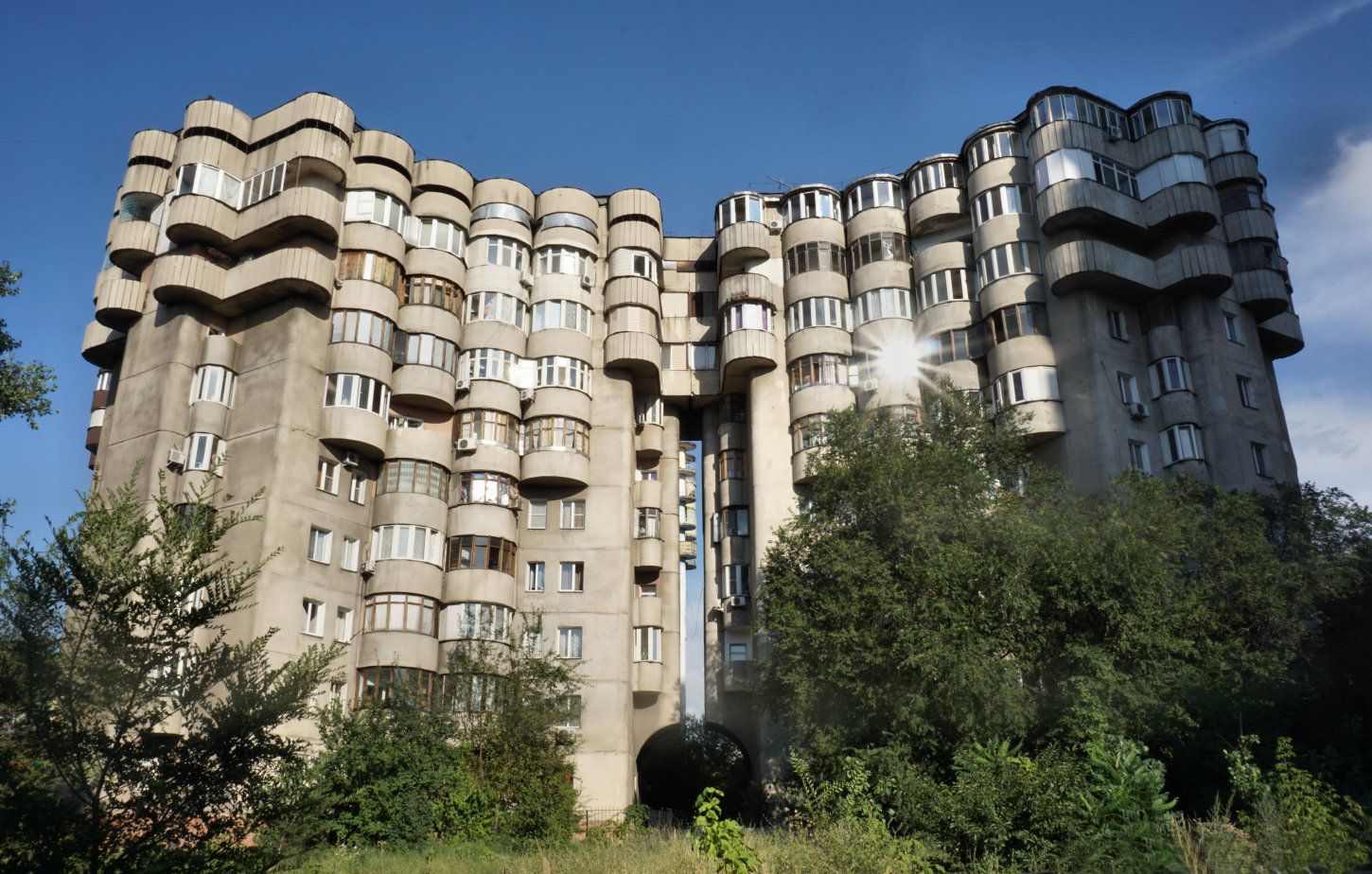

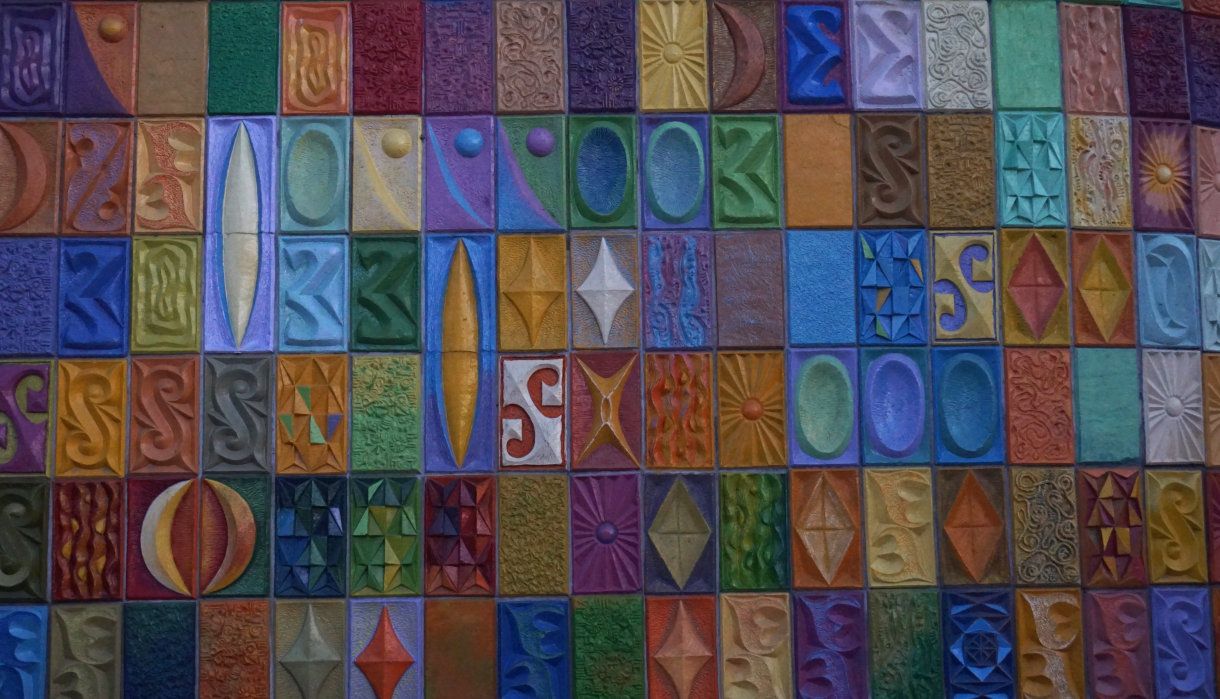
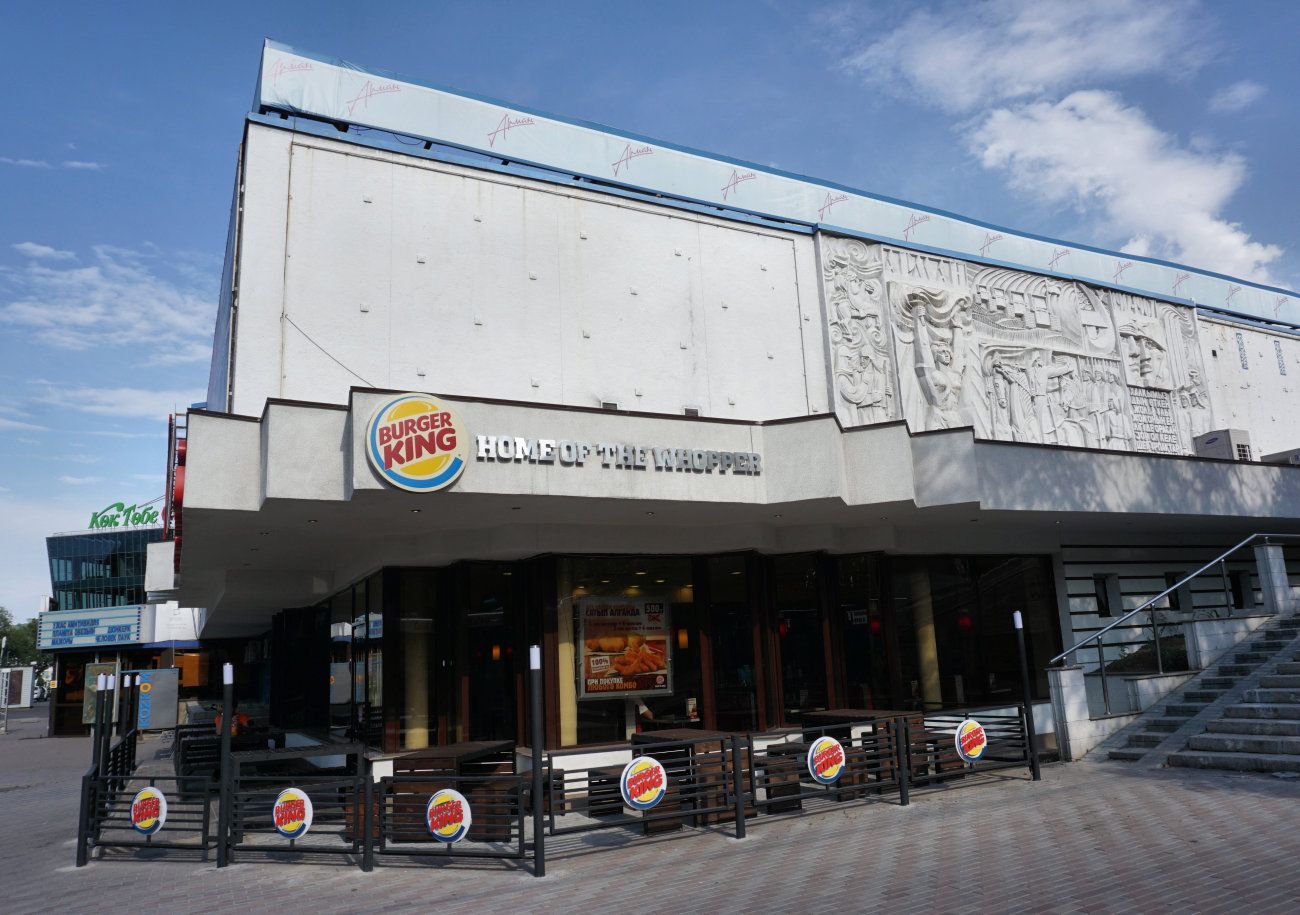
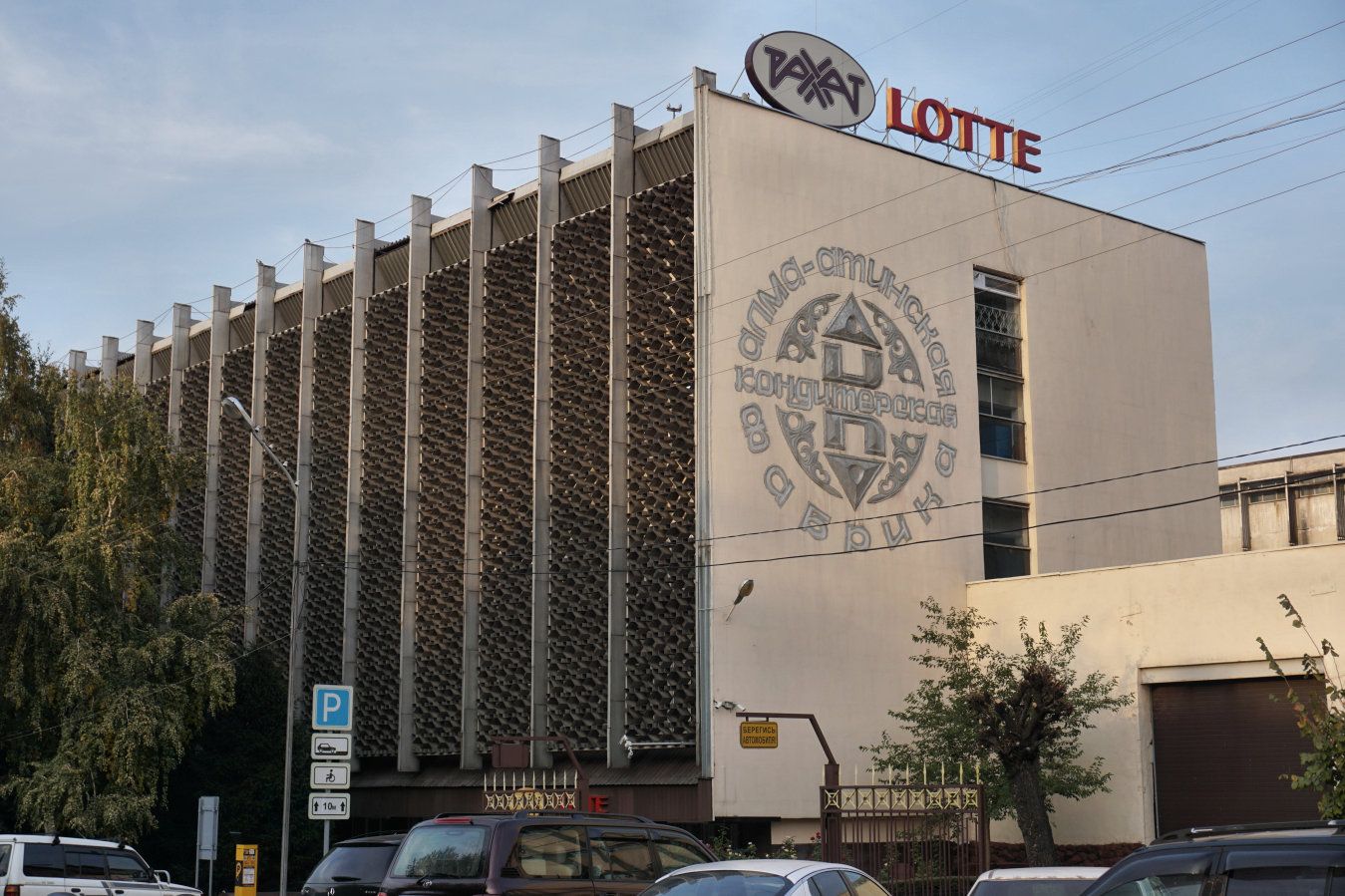
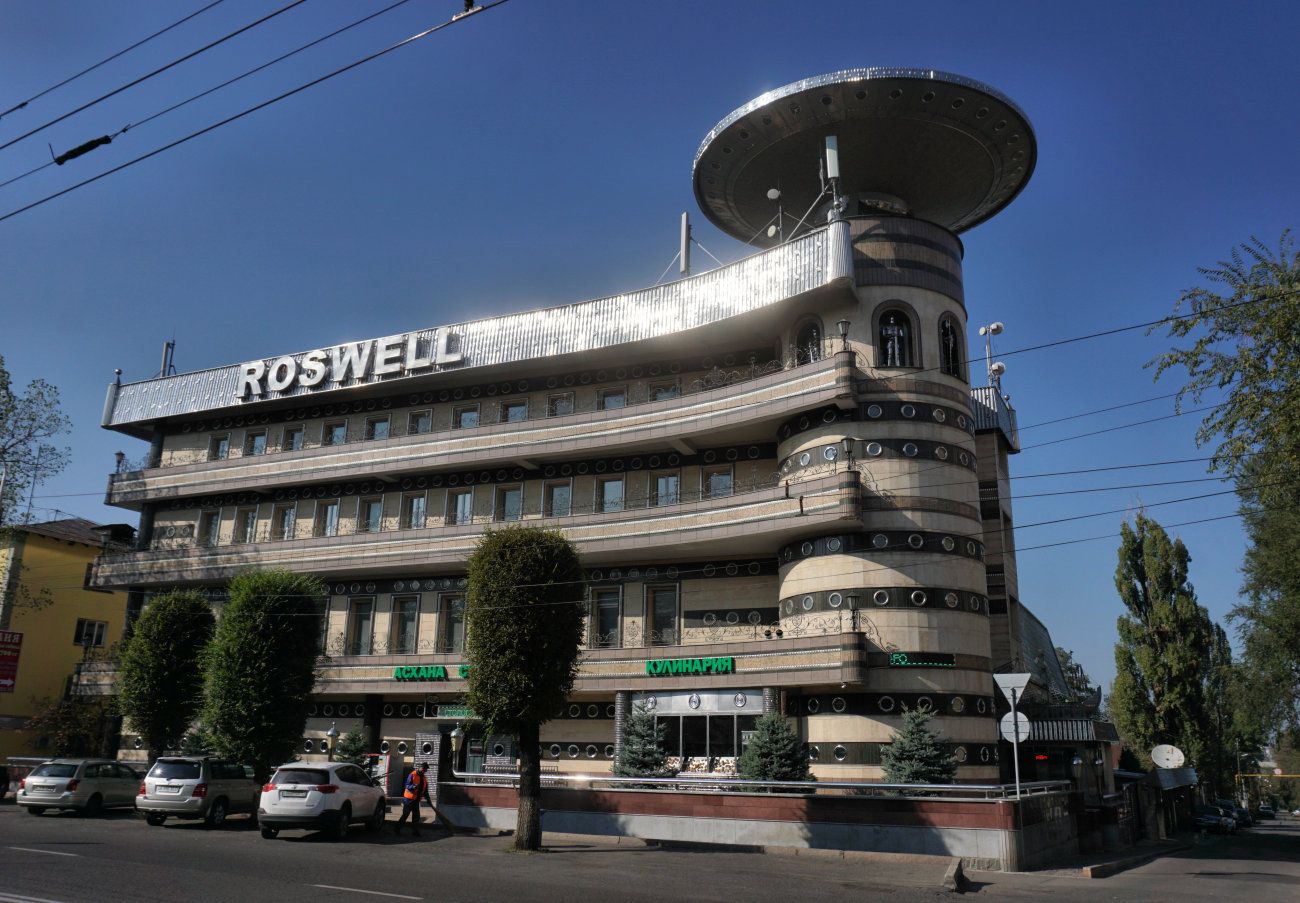
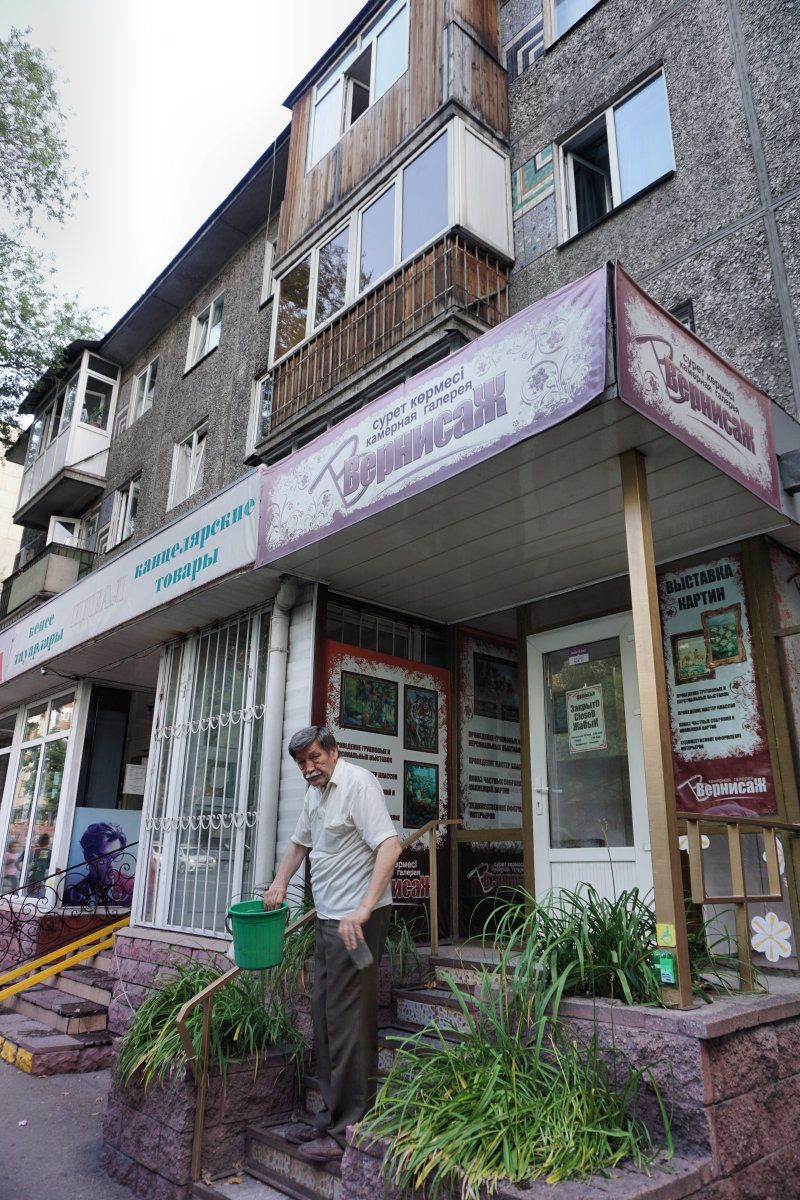
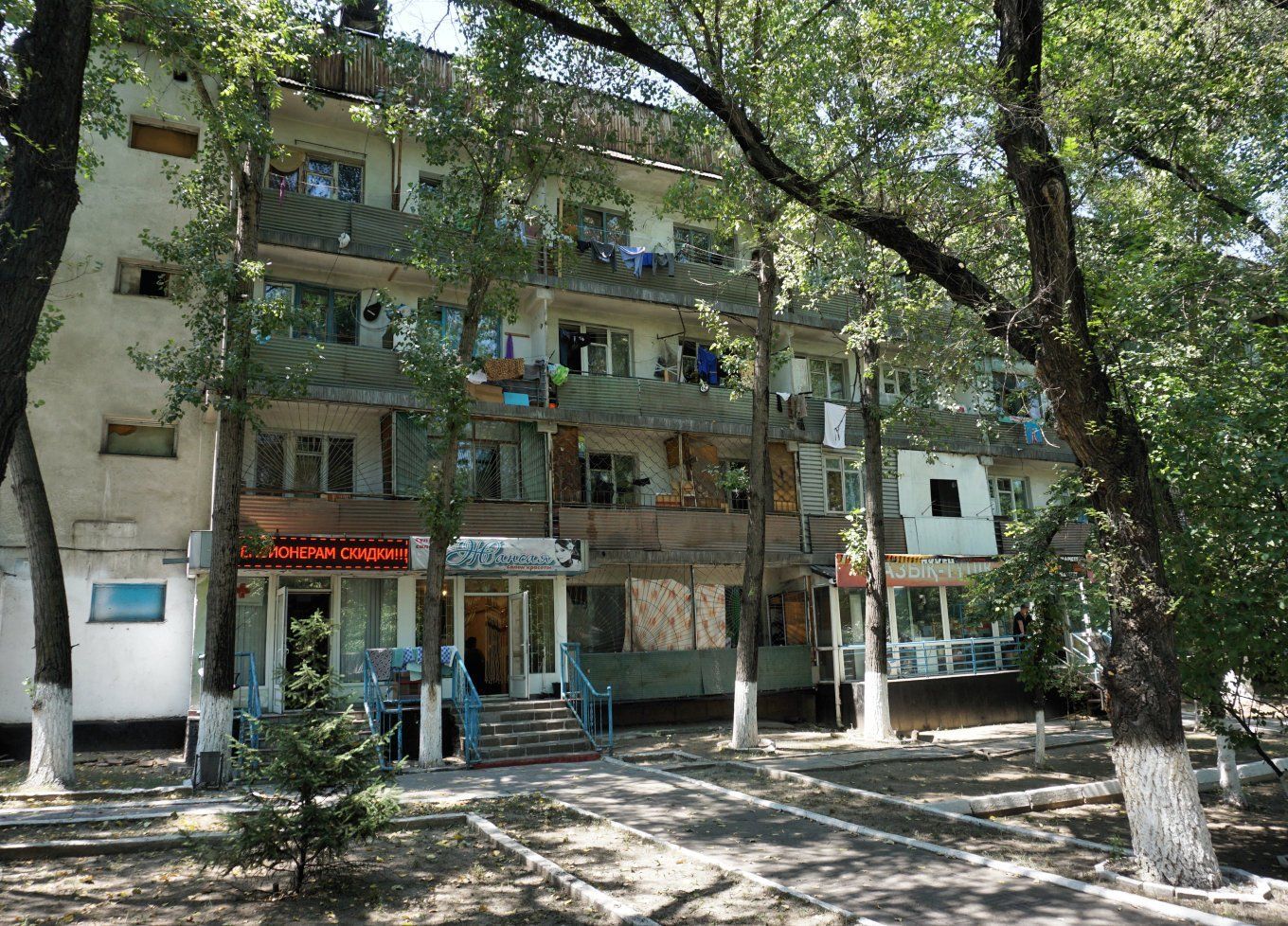
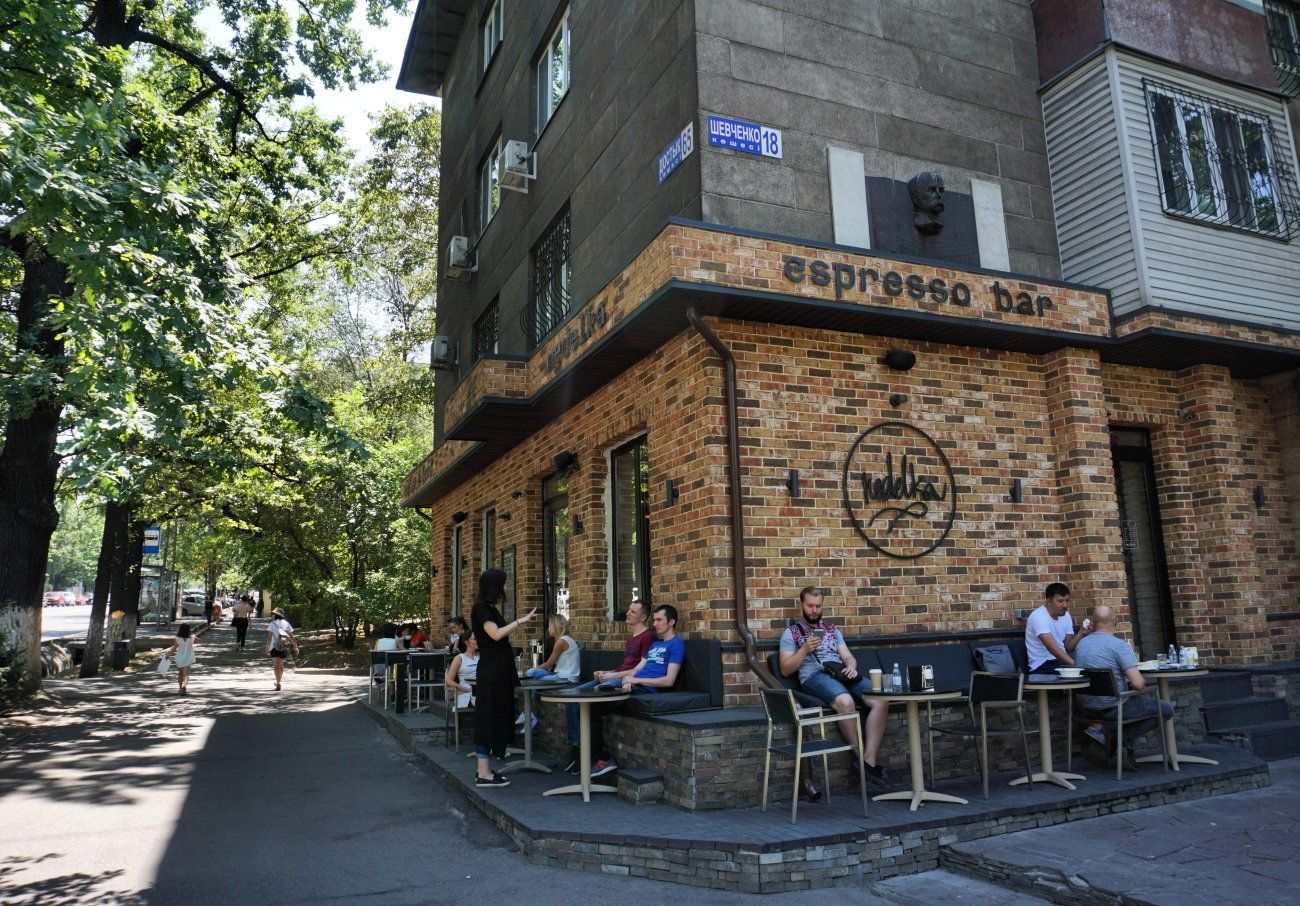
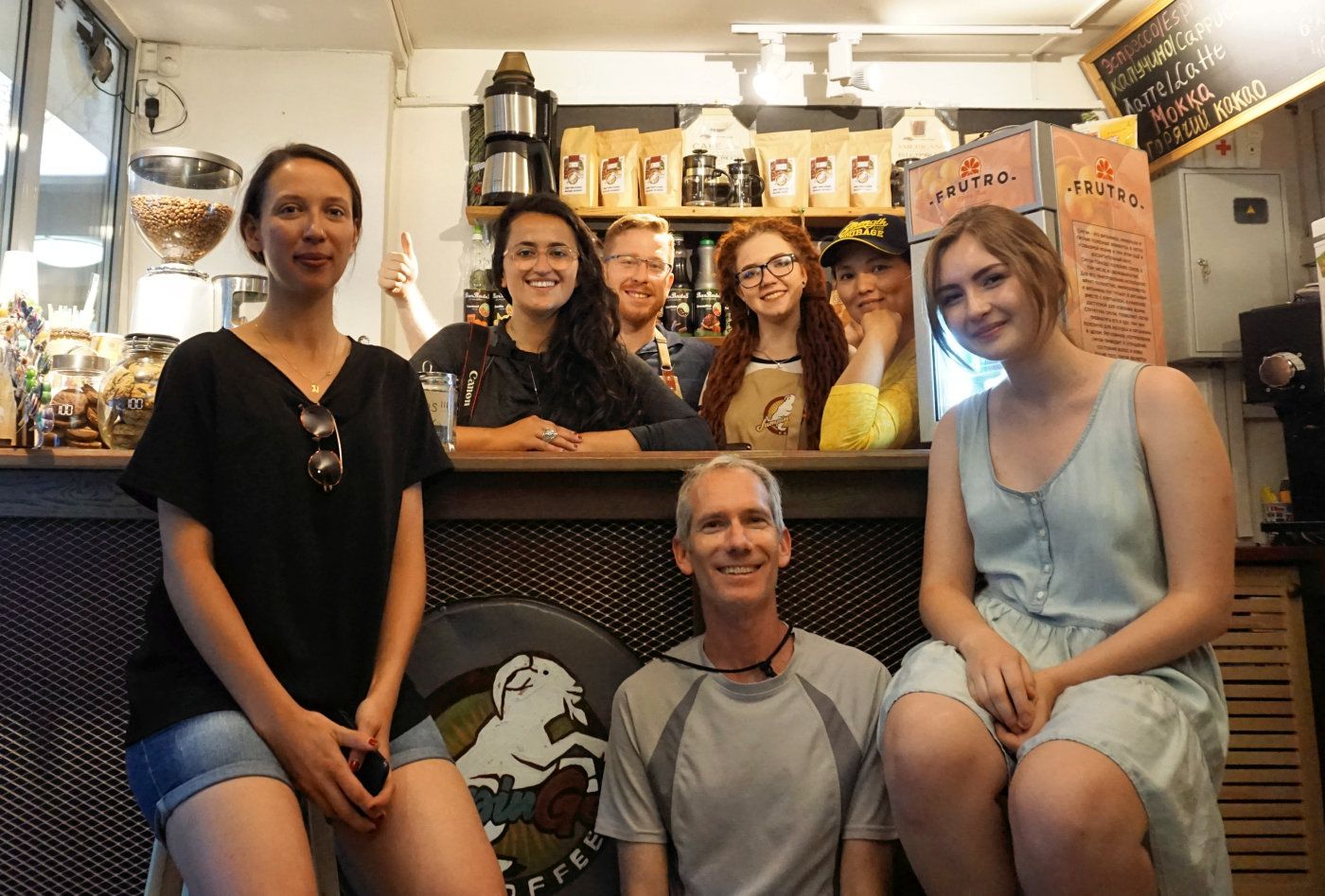
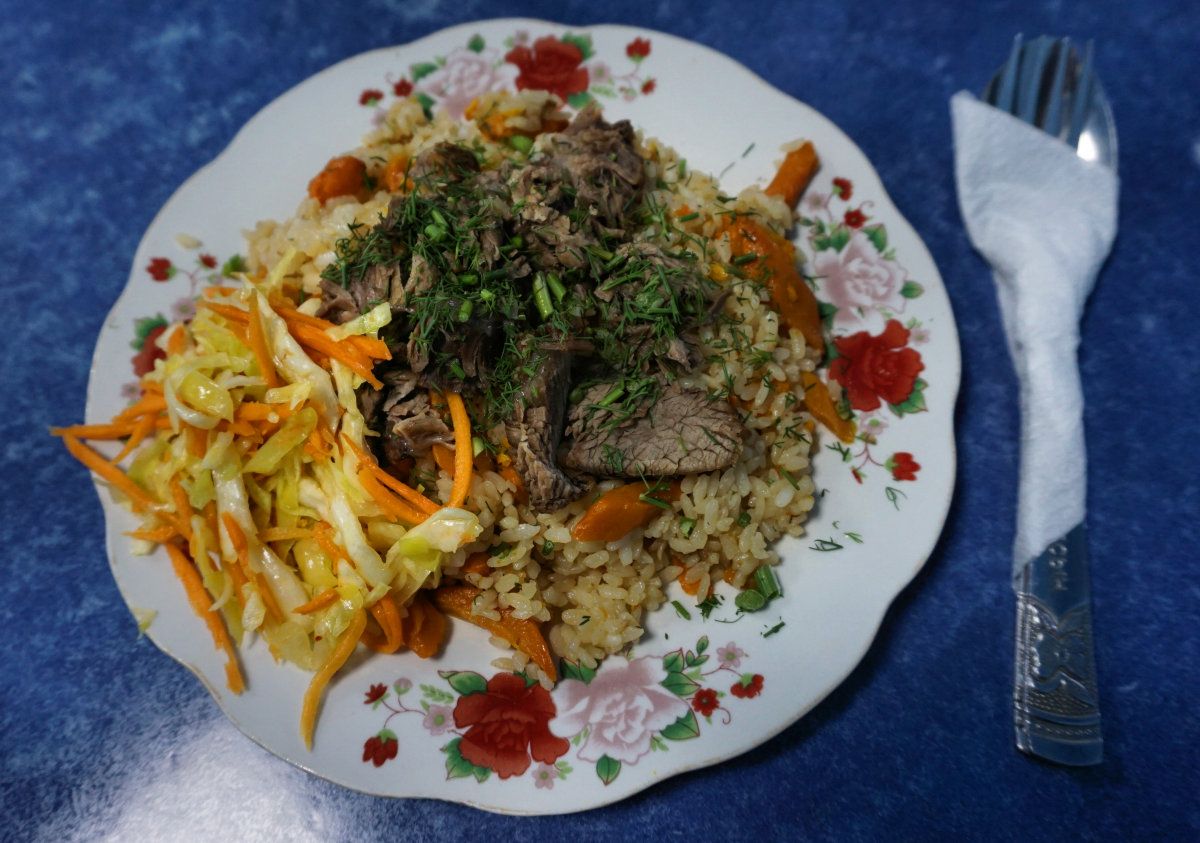
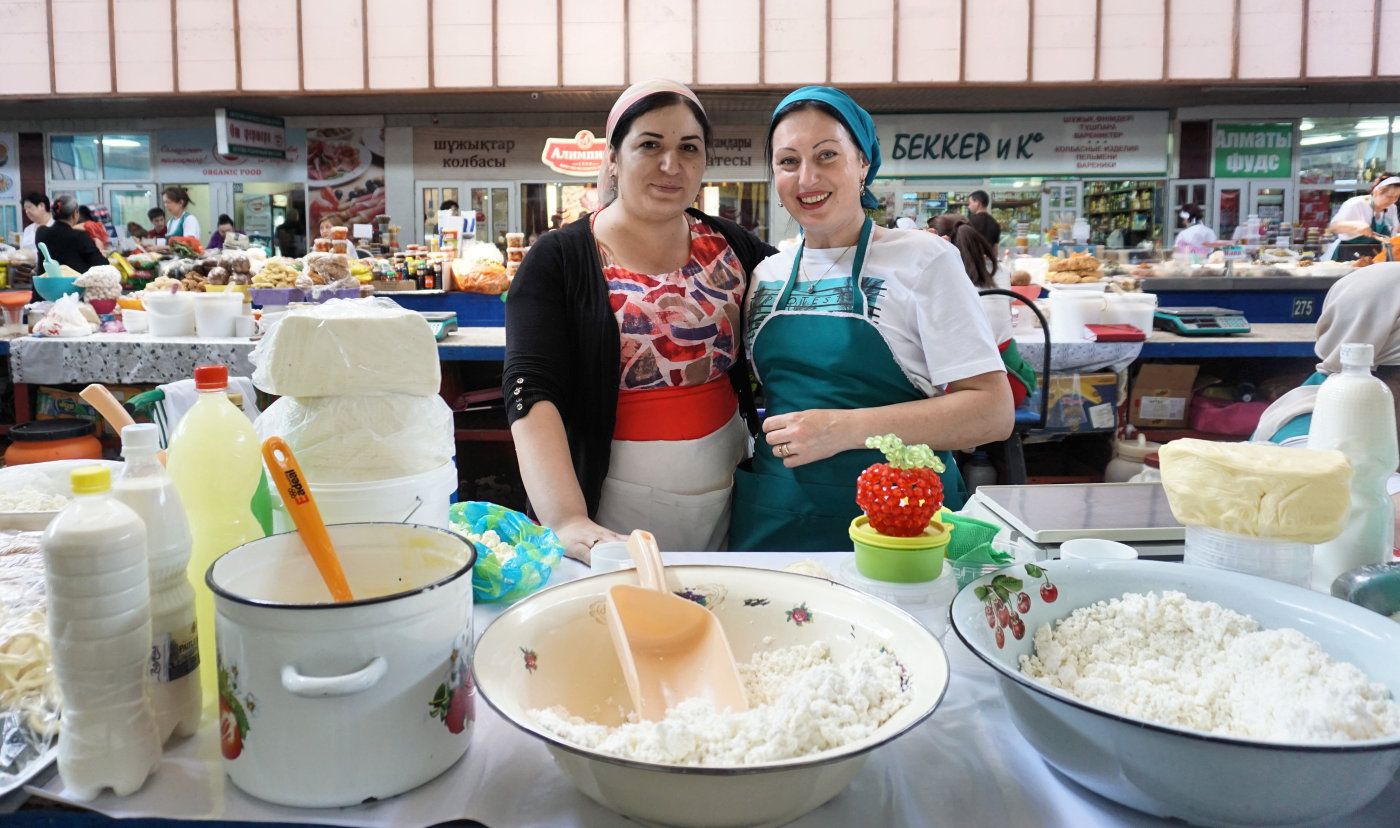
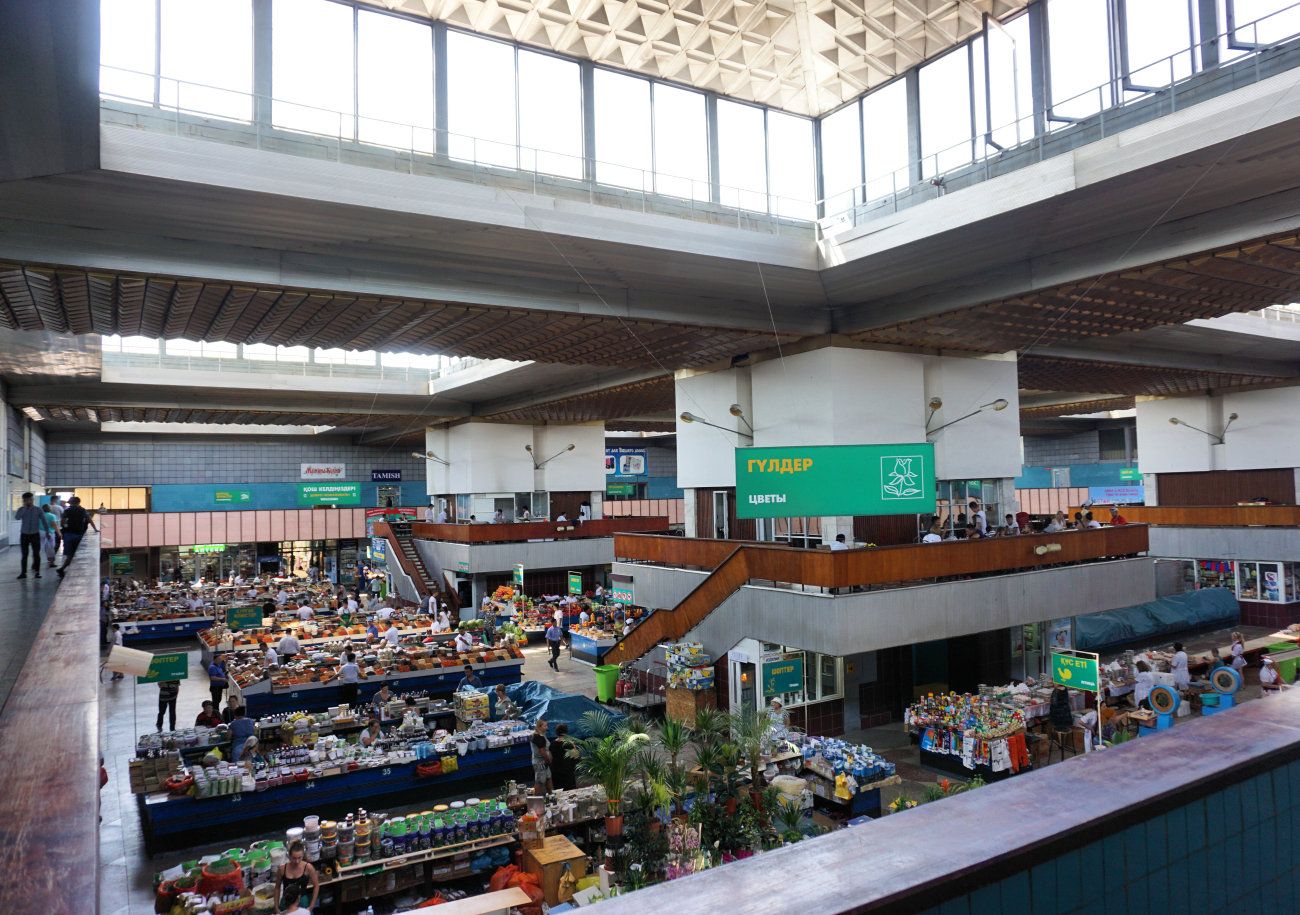
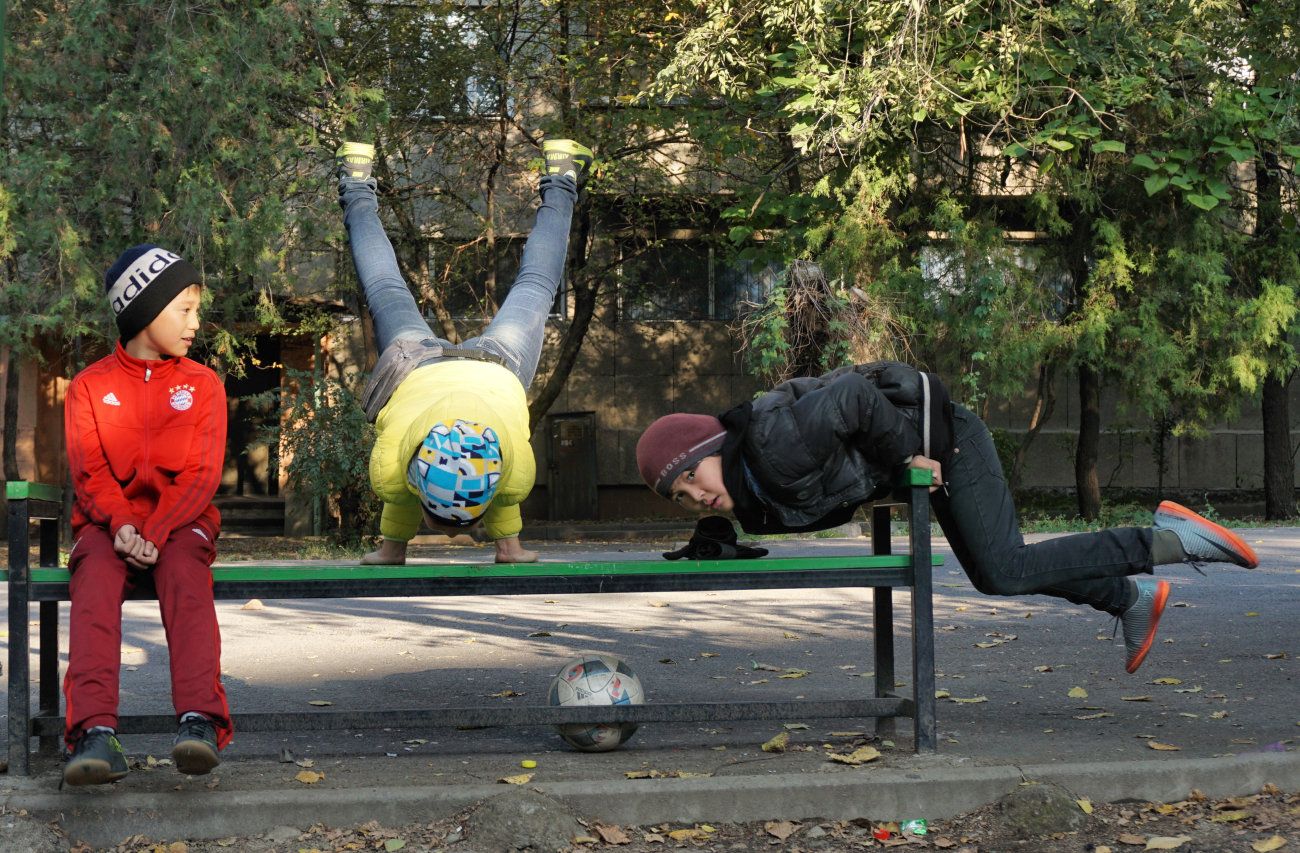
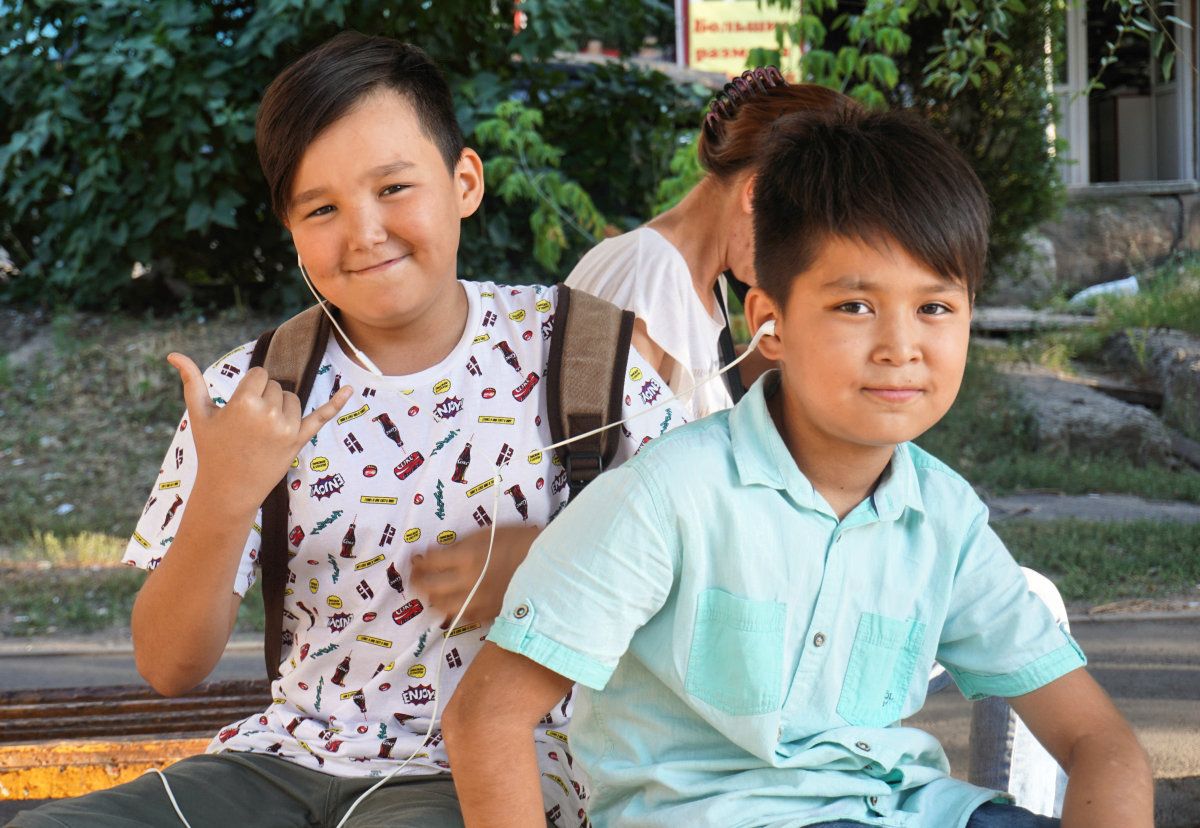
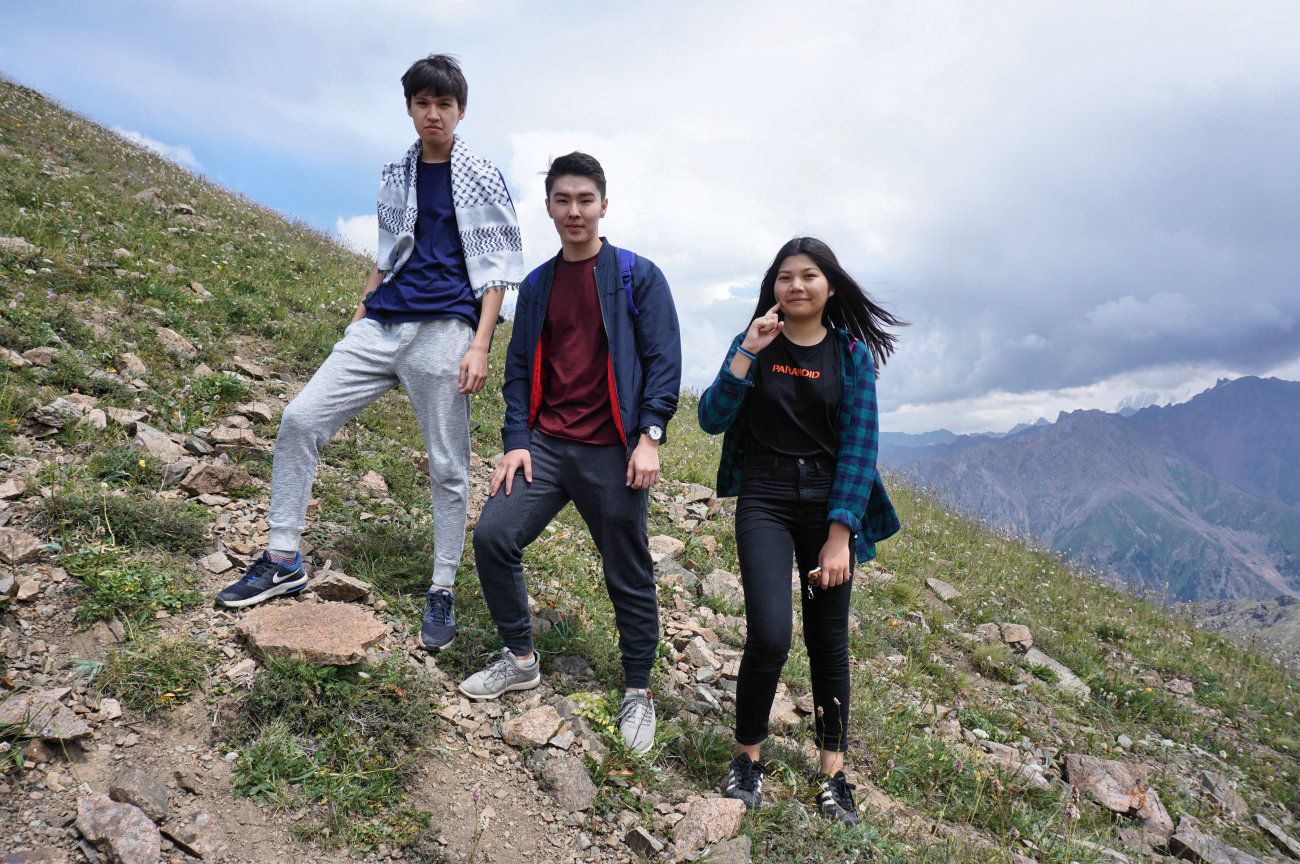
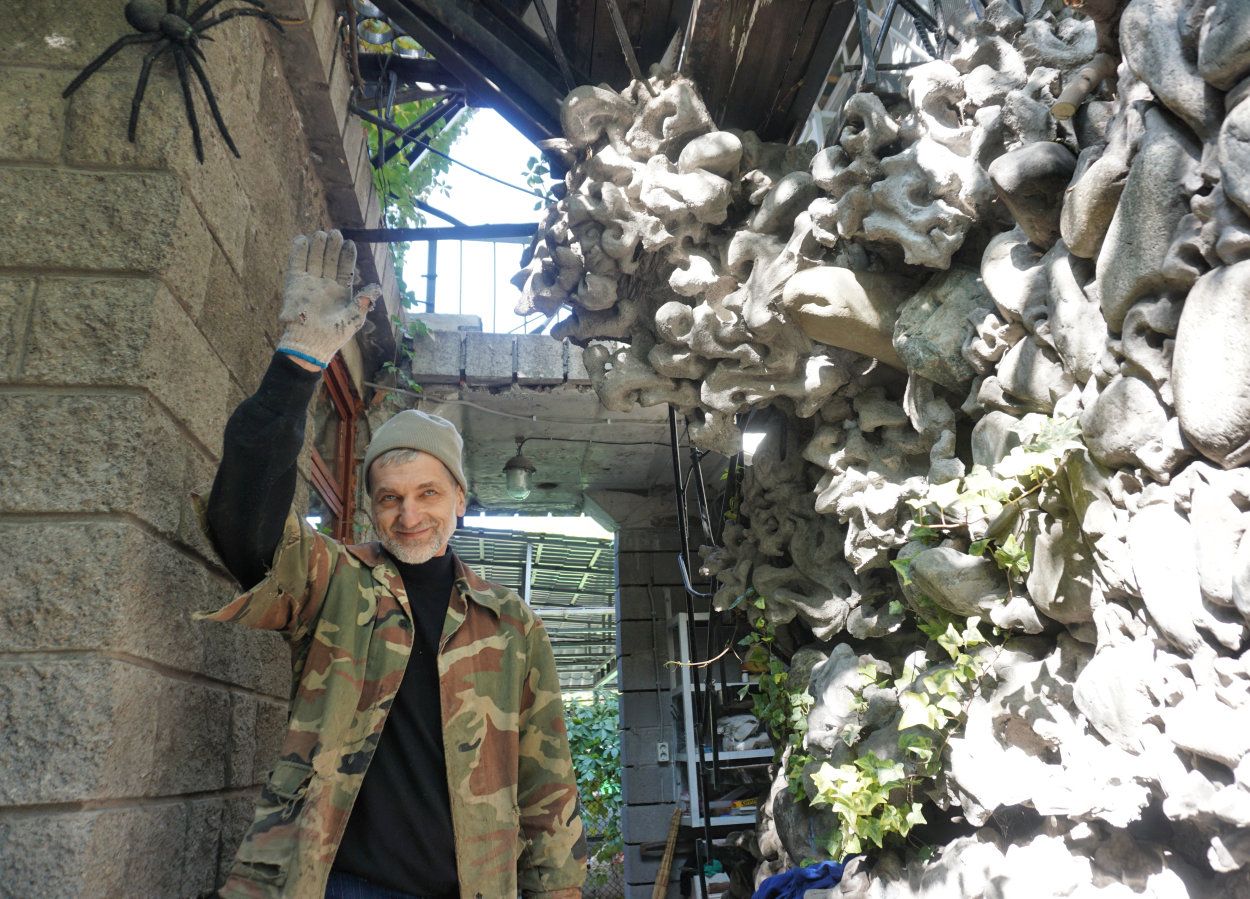


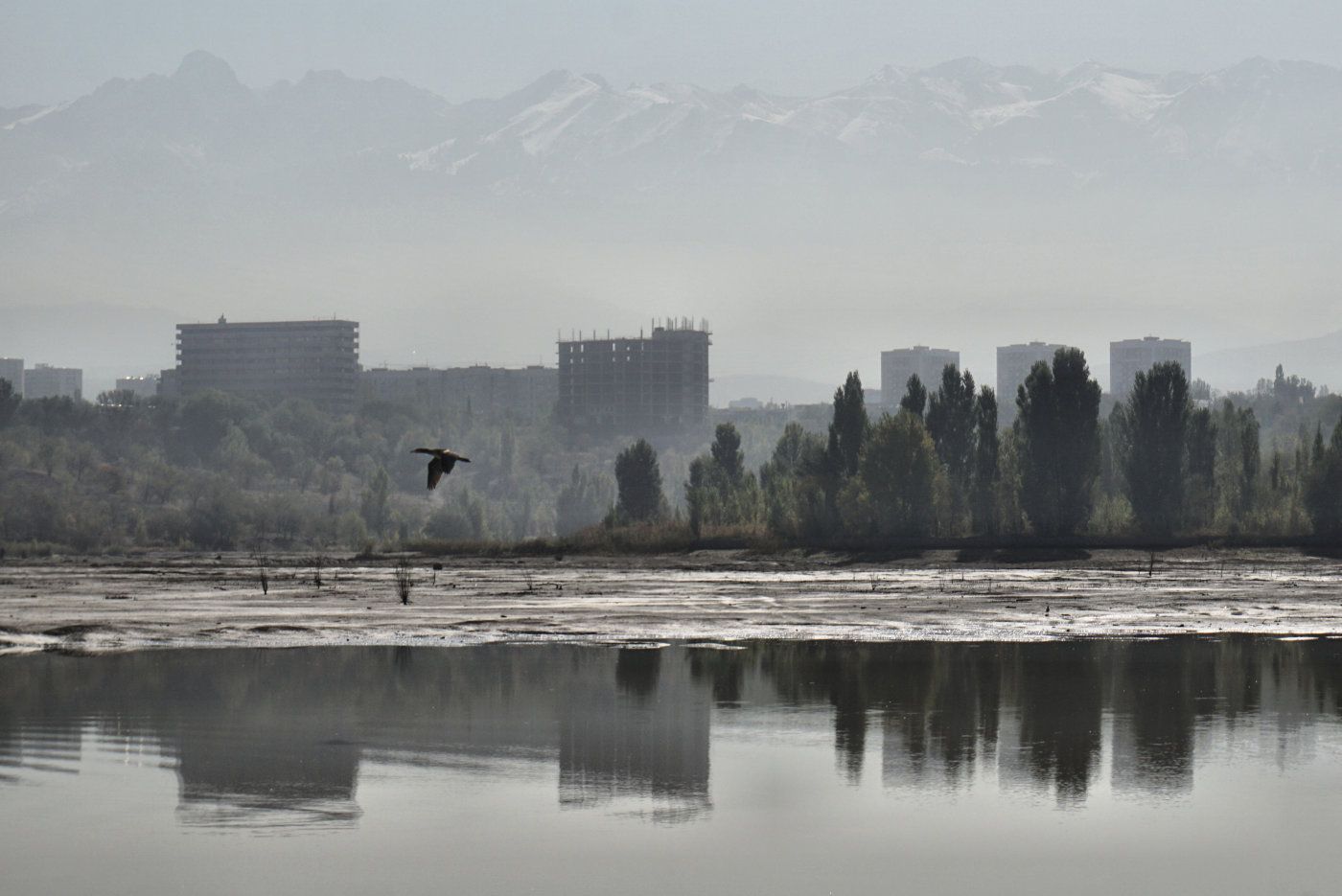
Leave a Reply